Fifteen places, openings and ideas to delight in / Global
What you've missed. Autumn 2024.
You’ve perused the trade press, thumbed the newspapers and kept your ear to the ground, we know, but with so much happening, even the best of us overlook things. That’s why our journalists have scoured mountains, rivieras, pantry aisles, bookshops and design showrooms to bring you the best of what you might not have spotted this autumn.
1. hospitality: Hotel
The revamped mountain hotel
The Brecon:
Adelboden, Switzerland
The Swiss alpine village of Adelboden high in the Bernese Oberland is surrounded by fresh water and snow-frosted massifs, and has a down-to-earth approach to hospitality. Snuggled among the fir trees is The Brecon, a chalet-turned-guesthouse built in 1912, which quietly reopened this summer, offering an old-school charm that is a world away from the more homespun corners of Adelboden. Instead, it goes heavy on stone flooring, textured woollen upholstery and leather trims. Its décor has a pared-back palette that allows the eye to wander towards the natural beauty without veering too far from the comforts of a traditional timber-clad Swiss cottage. “My family has been coming to Adelboden since I can remember,” co-owner Grant Maunder tells monocle. “I want guests to feel that sense of staying in a generous home.”
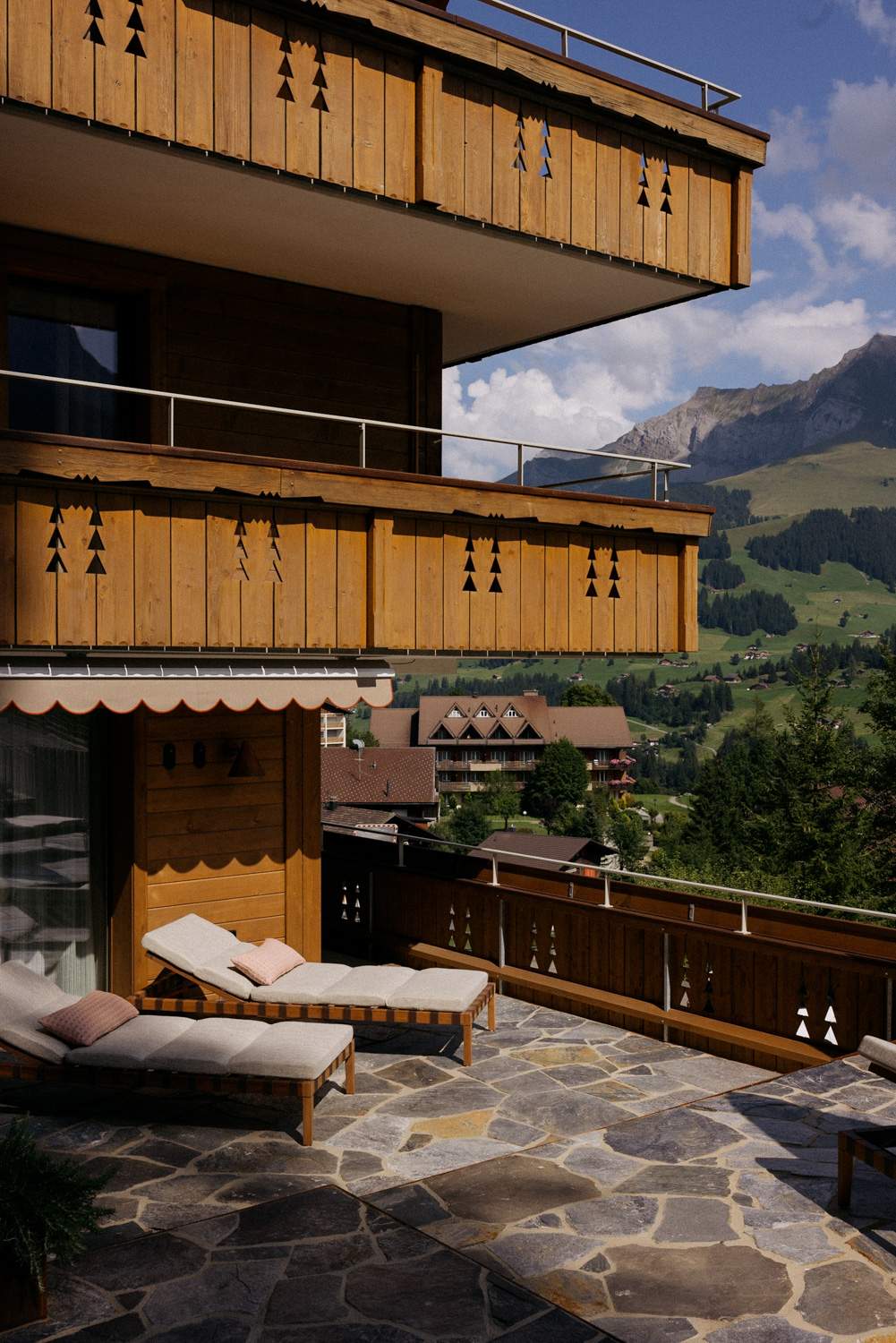
Designed by Amsterdam-based studio Nicemakers, the 22-key retreat, formerly known as Waldhaus (meaning “forest house”), has an Olympic-sized outdoor pool that looks onto the dramatic Wildstrubel mountain range. But the outdoor wonders don’t stop at the view. Days in Adelboden are best spent on the pistes of the region’s three ski areas during the winter months and following the hiking trails during summer – after which you can shrug off the day’s sporting pursuits with a visit to the sauna.
thebrecon.com
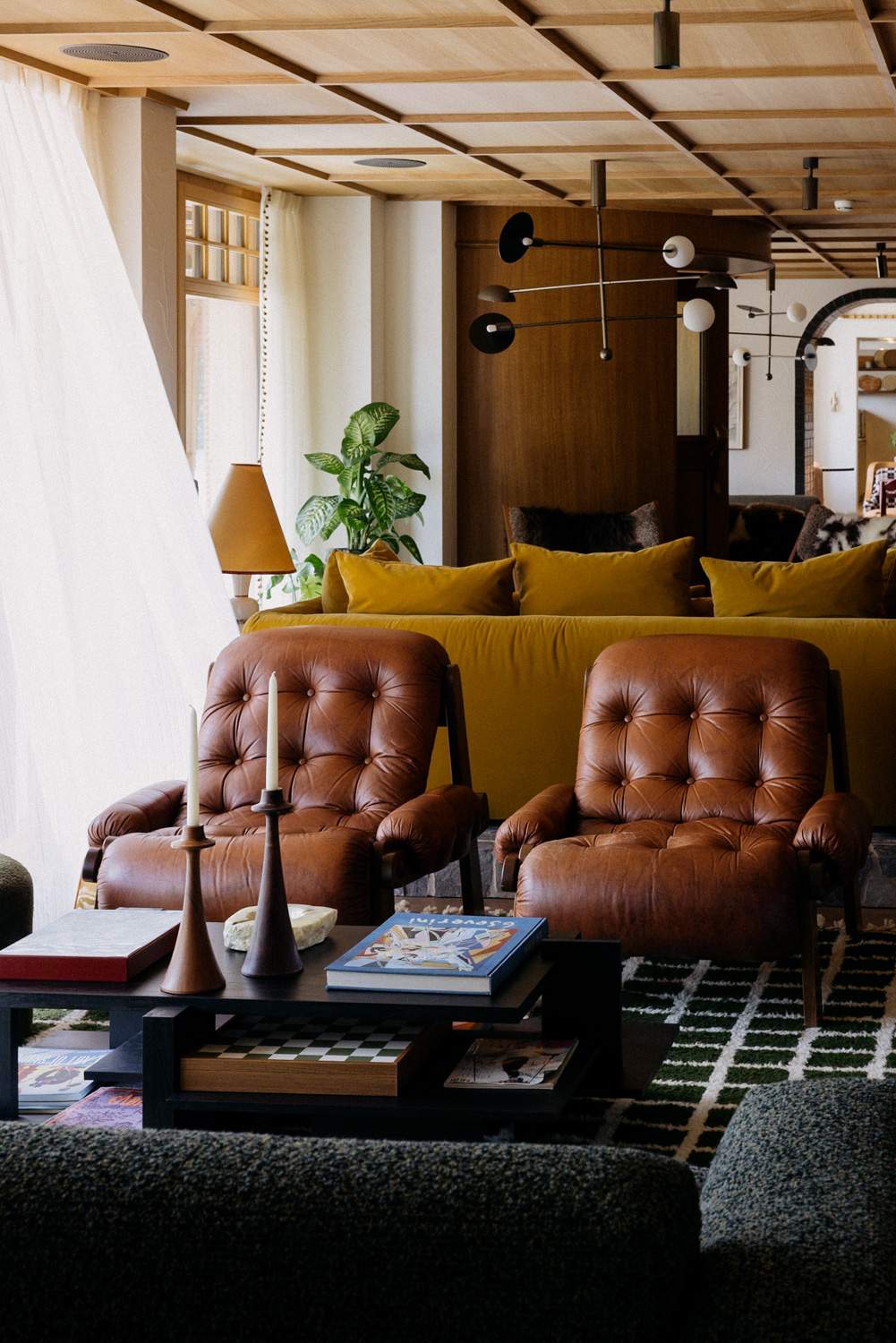
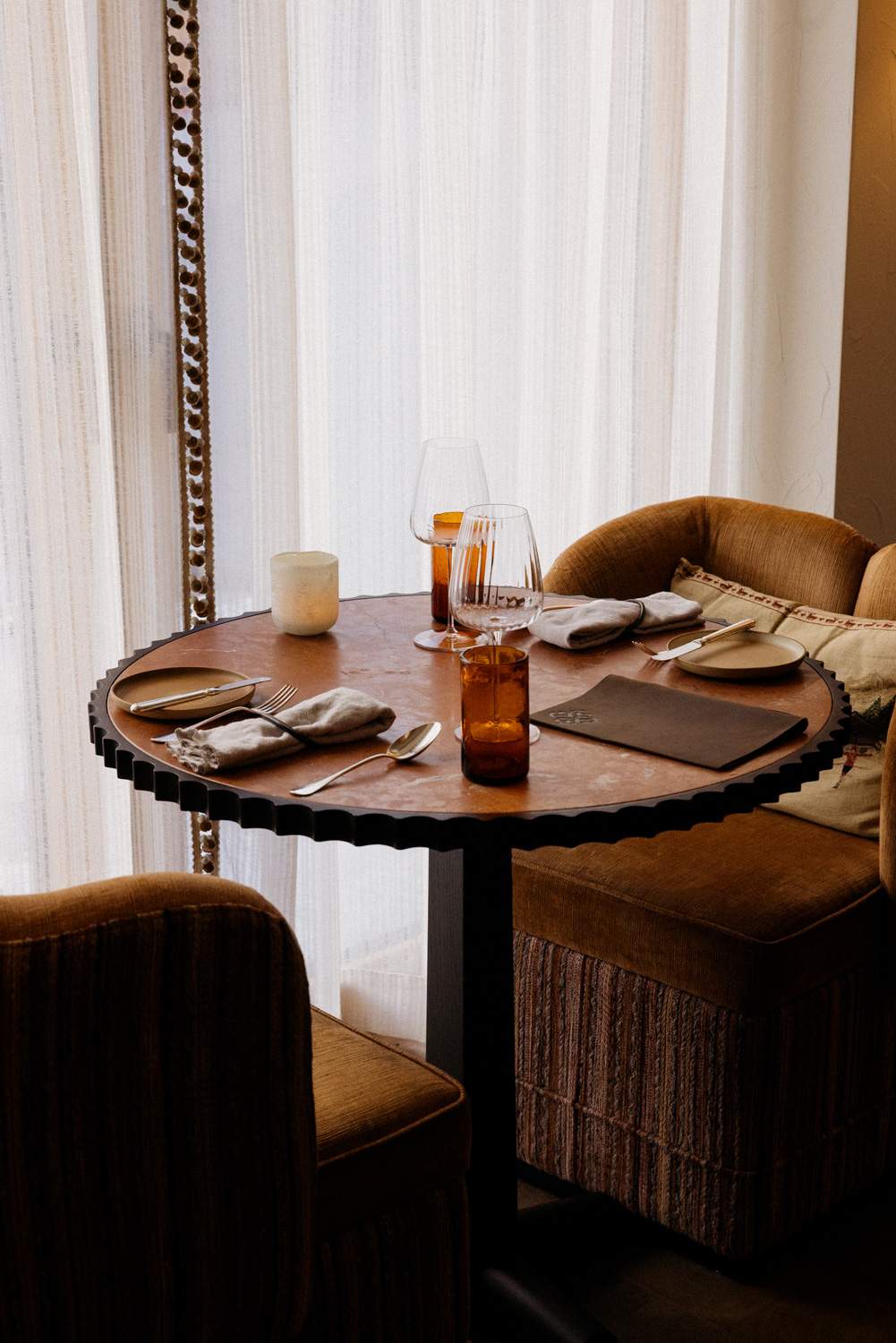
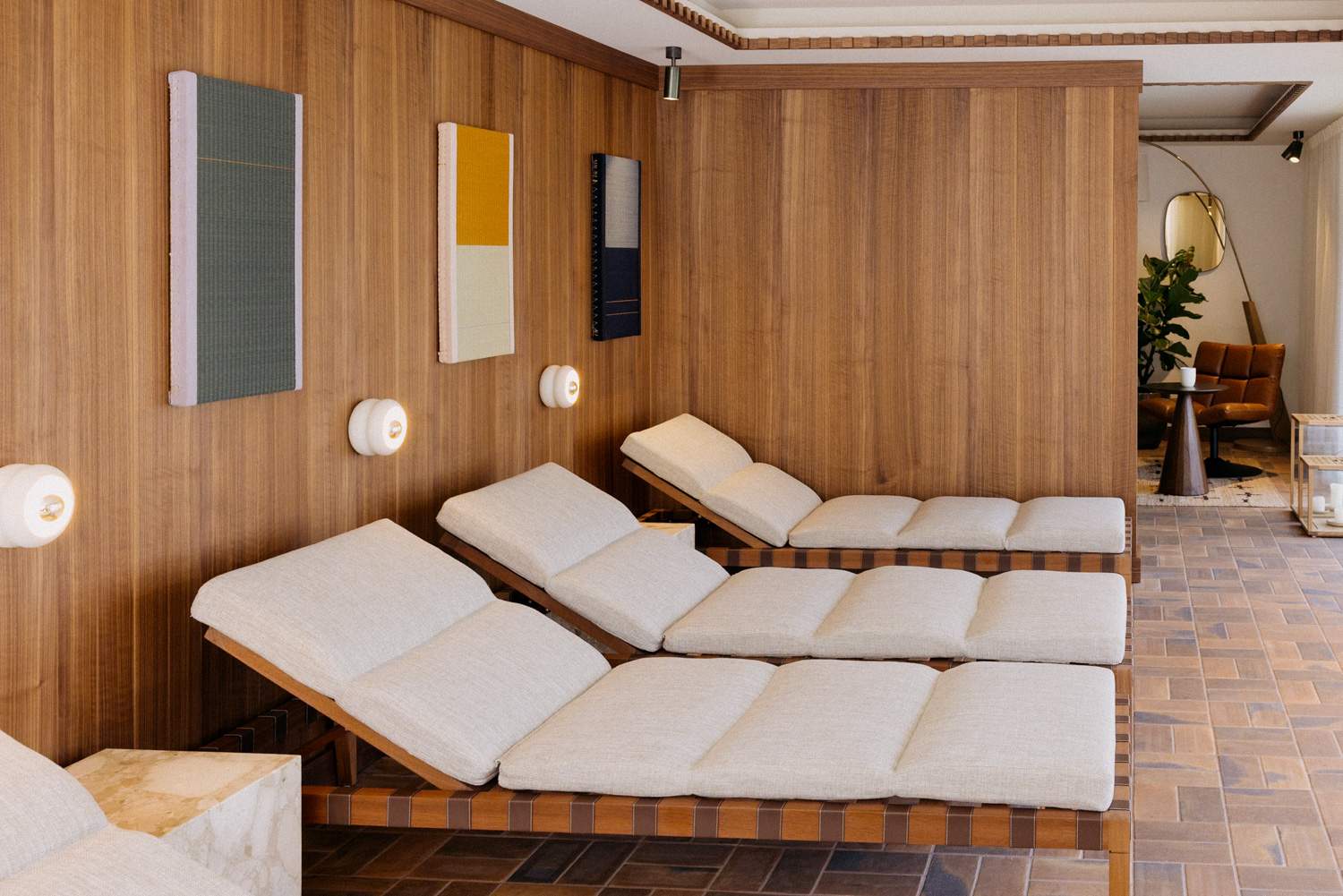
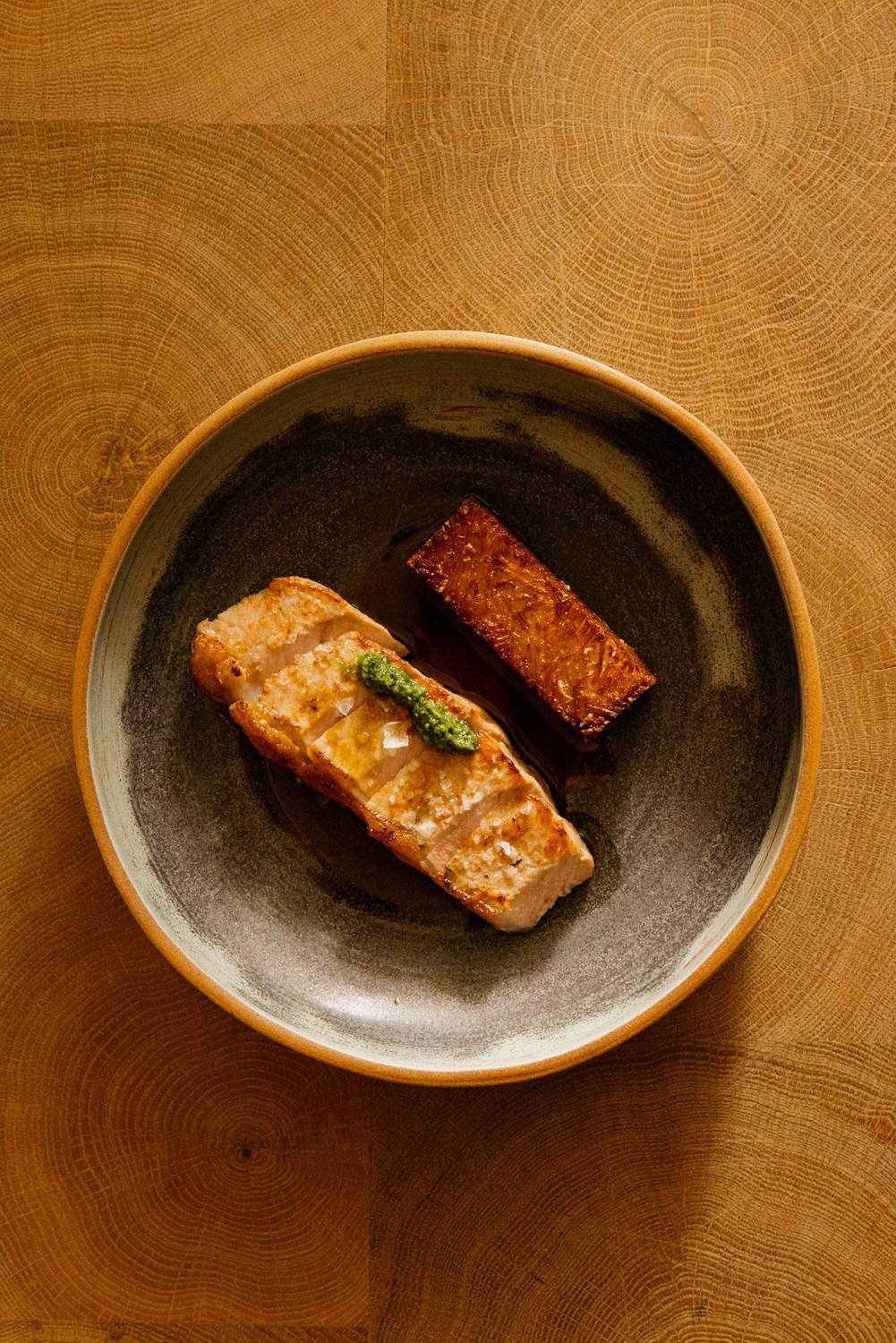
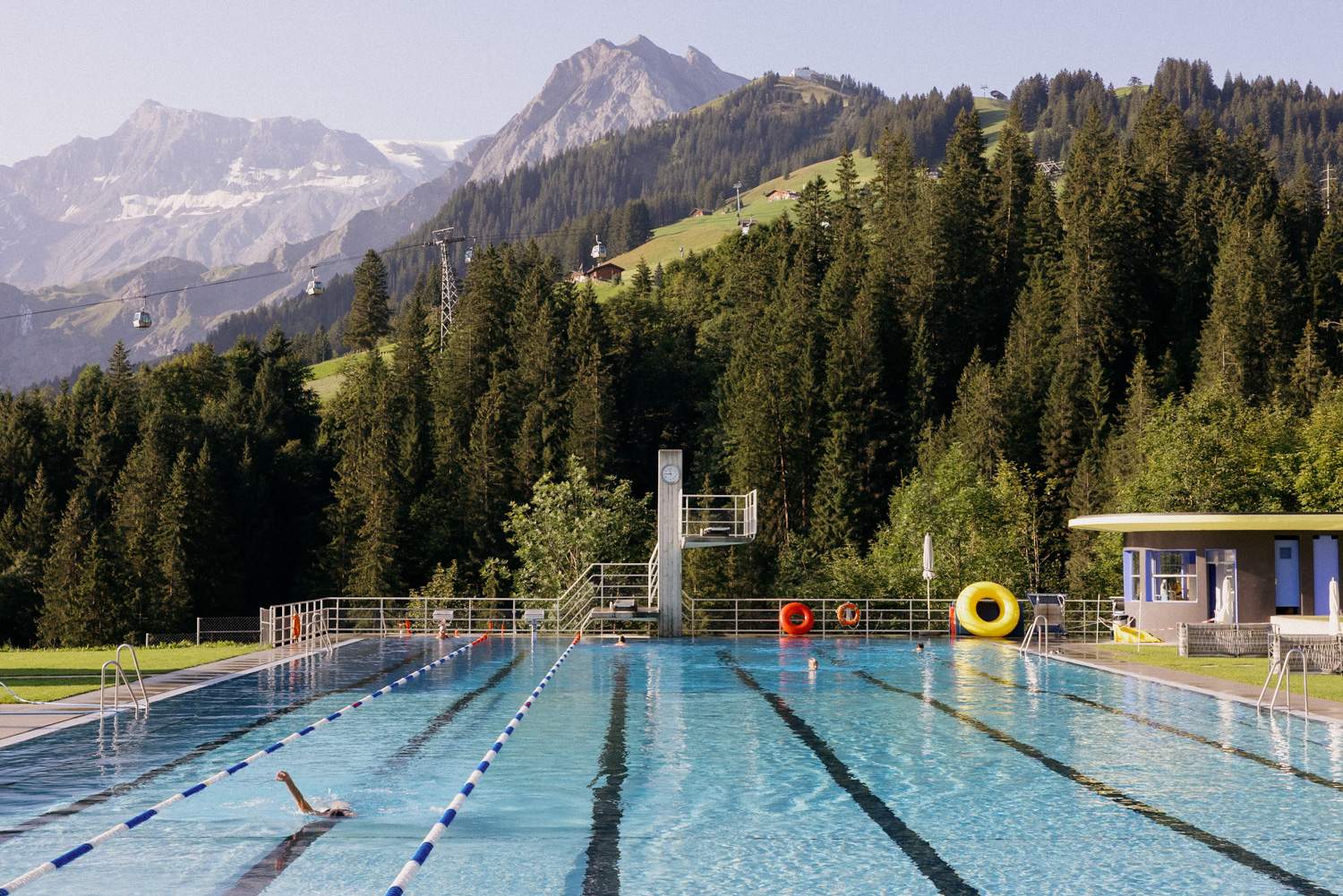
2. retail: Shop
The department store reimagined
House of Shinsegae:
Seoul, South Korea
Over the summer, South Korean department store Shinsegae opened the House of Shinsegae, a new food and retail space in Gangnam, Seoul. The vast food hall houses 12 restaurants, a wine shop and a new branch of South Korean multibrand favourite Boontheshop. Casual fare and fine dining are both on offer. You’ll find artisanal pasta and ice cream but most of the restaurants specialise in local and Japanese fare. Head to Kikukawa, the first South Korean outpost of a fourth-generation Tokyo eel-rice specialist, or go to Jaju Hansang to sample Korean dishes dreamed up by Shinsegae’s own Korean Cuisine Research Institute.

During the renovation, which began in 2021 after the closure of the Shinsegae Duty Free shop, the brand opted for a redesign inspired by luxury hotels. The restaurants and an upper-level mezzanine converge around a central “lobby” with gleaming mirrored columns and tawny-coloured private booths. There isn’t a communal bench table in sight – rather, customers can dine on omakase at kitchen counter seats or in private dining rooms. The lights are dimmed at cocktail hour and House of Shinsegae stays open late, encouraging customers to sit back and sip. The pick of the bunch? Yoon Haeundae Galbi for Korean beef ribs.
shinsegae.com
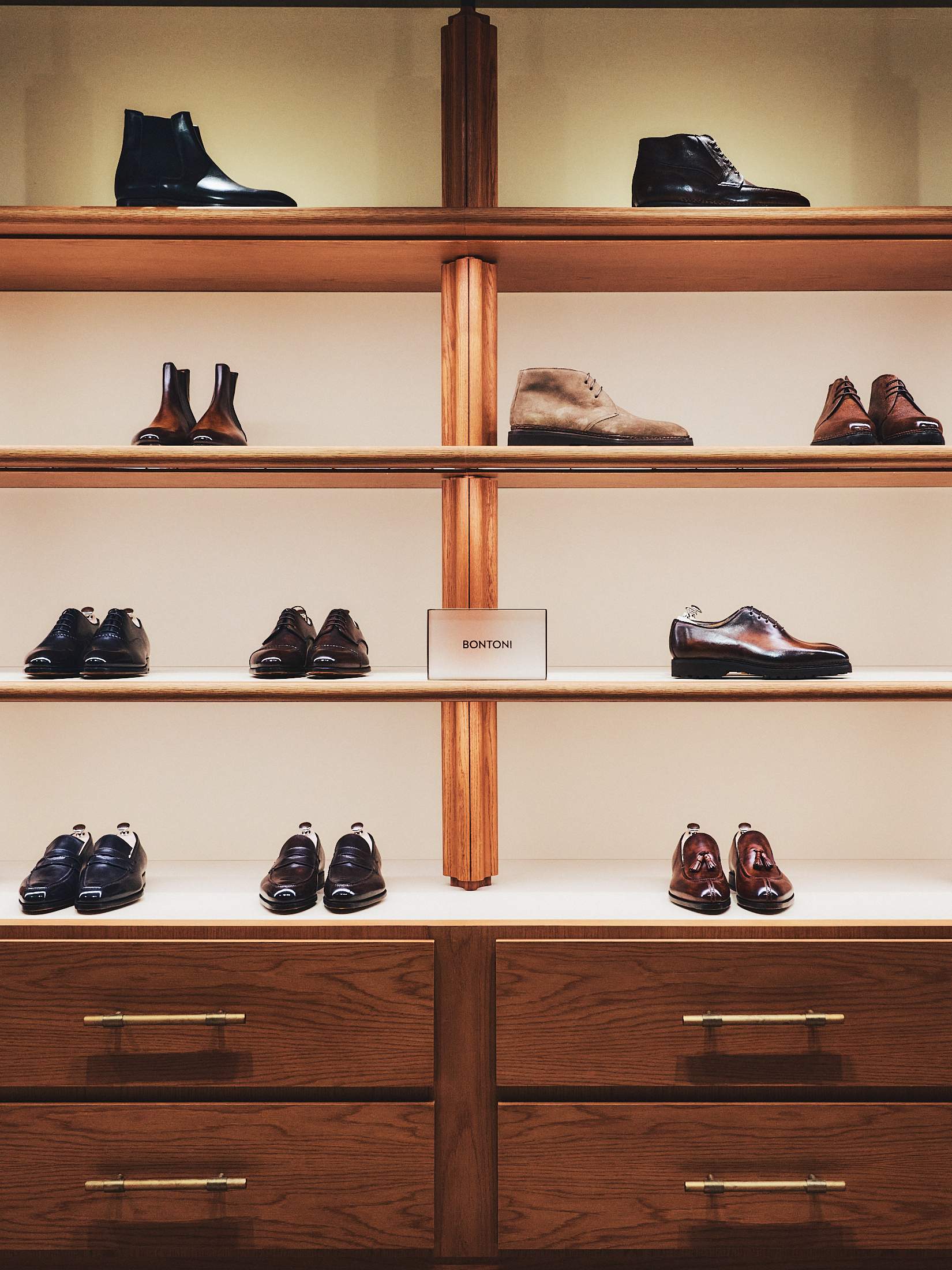

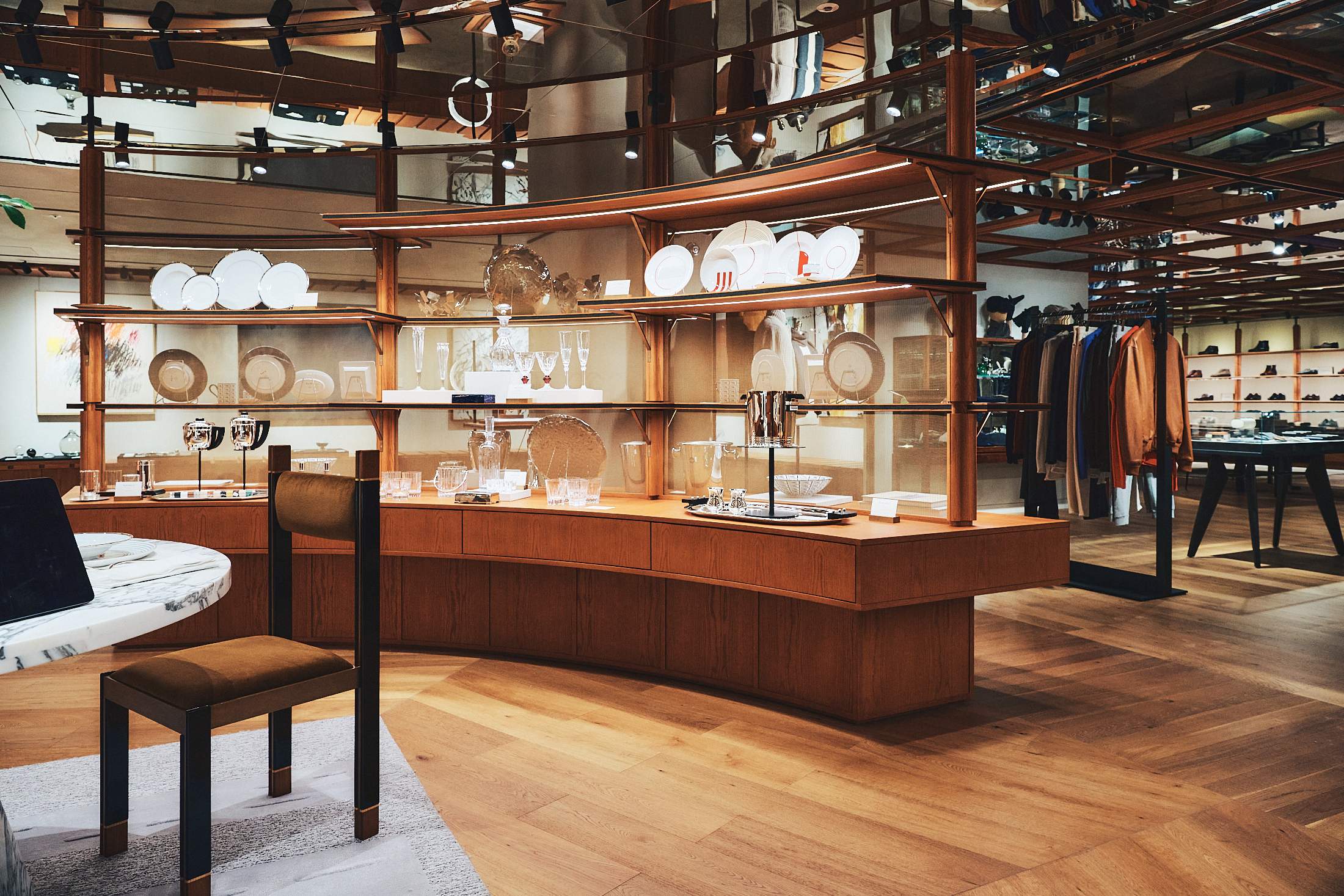
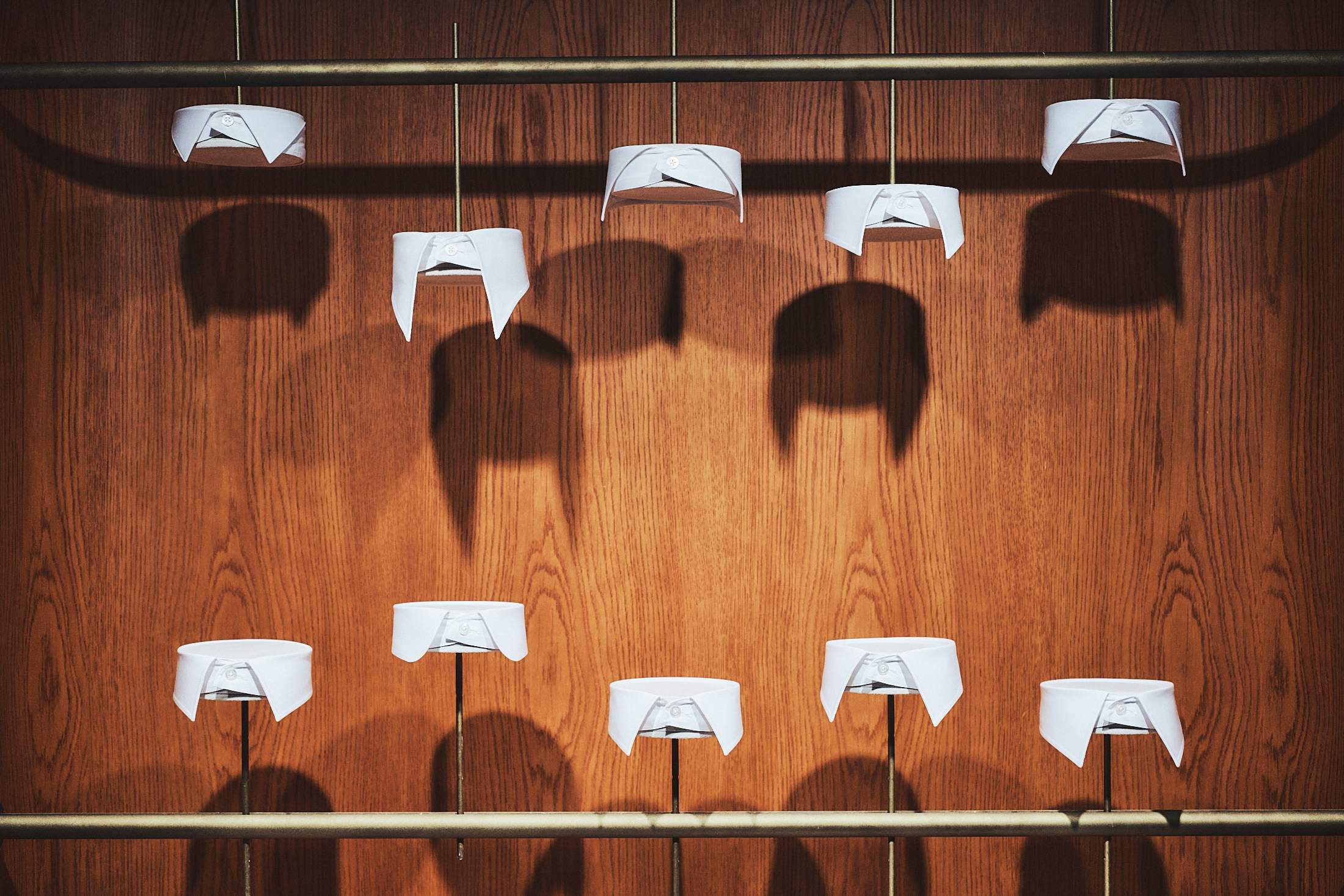
3. hospitality: Hotel
The Riviera revival
Hôtel du Couvent:
Nice, France
“I’m not a hotelier,” says Valéry Grégo. “I just do hotels.” He does them rather well too – at least, if the 88-key 17th-century convent-turned-hotel in Nice is anything to go by. This isn’t Grégo’s first creative overhaul; his Perseus Group was also behind Les Roches Rouge in Saint-Raphaël and Le Pigalle in Paris. However, it’s a project that brought a lot of pressure. “The mayor called me,” says Grégo. After a persuasive conversation, the hotelier agreed to commit to what would become a 10-year restoration project.

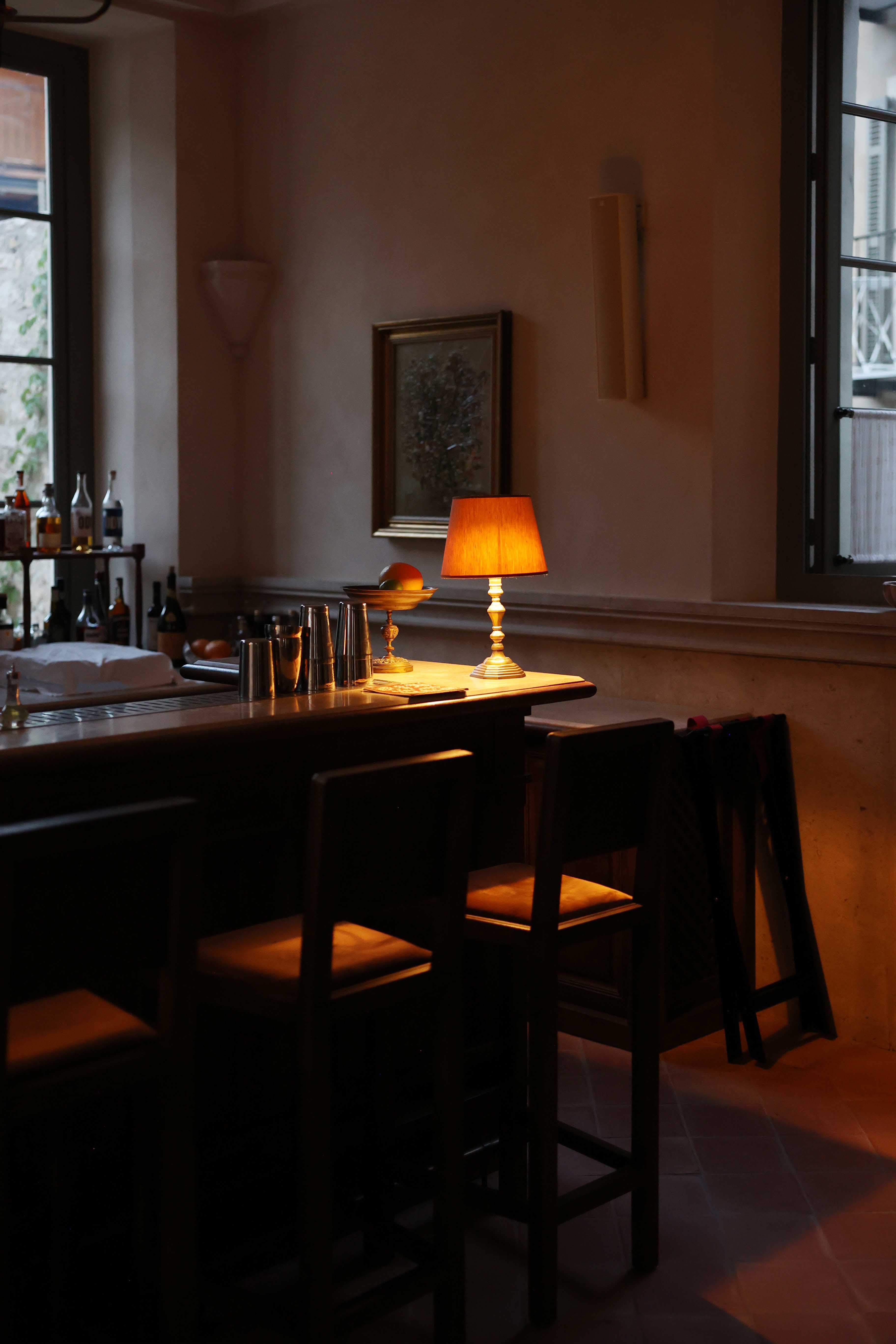
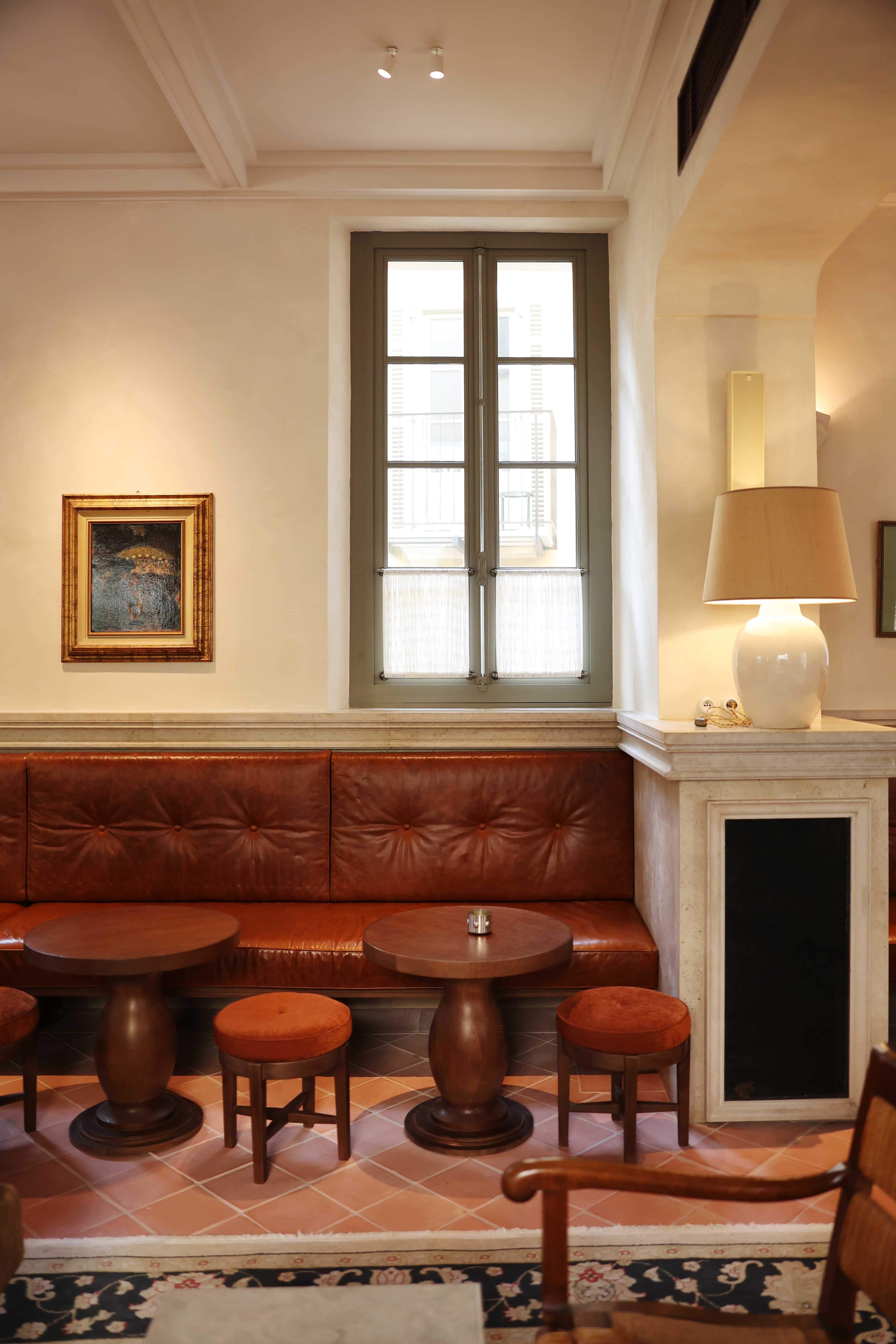
The crumbling building was only part of the brief: creating a community around it was also crucial. Charlotte de Tonnac and Hugo Sauzay of Paris firm Festen were drafted for the interiors: thick, cream-washed walls and terracotta floors and lots of linens, thick-cut marble and vast beds. In the restaurant, chef Thomas Vetele prepares hearty, tasty food made with produce from the area; electric green-pea tarts, fritto misto and rice pudding are on the menu when monocle visits. Perhaps the most special space is the garden – a terraced, stony sanctuary peppered with orange and fennel trees and lined with sweet-smelling jasmine.
hotelducouvent.com
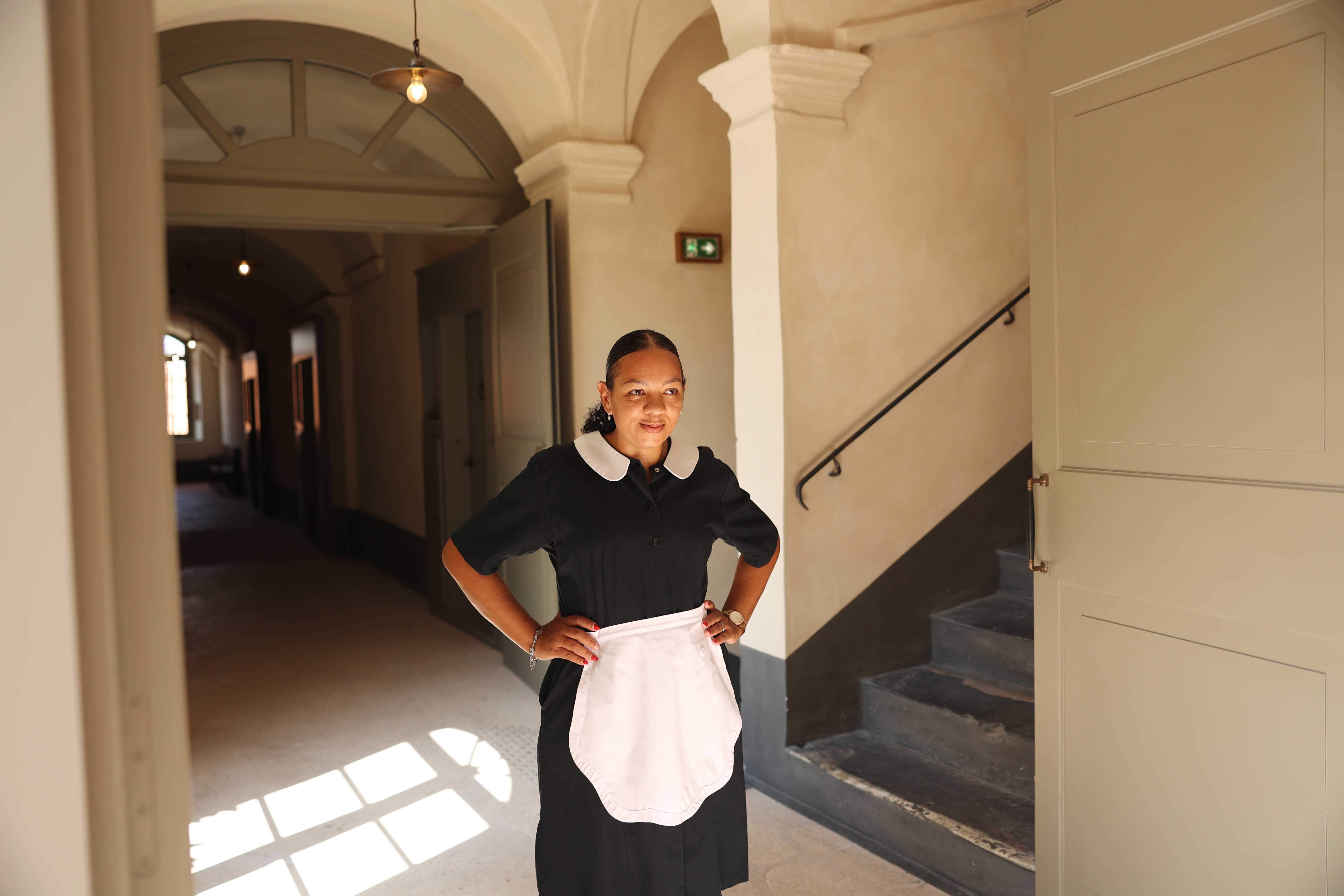
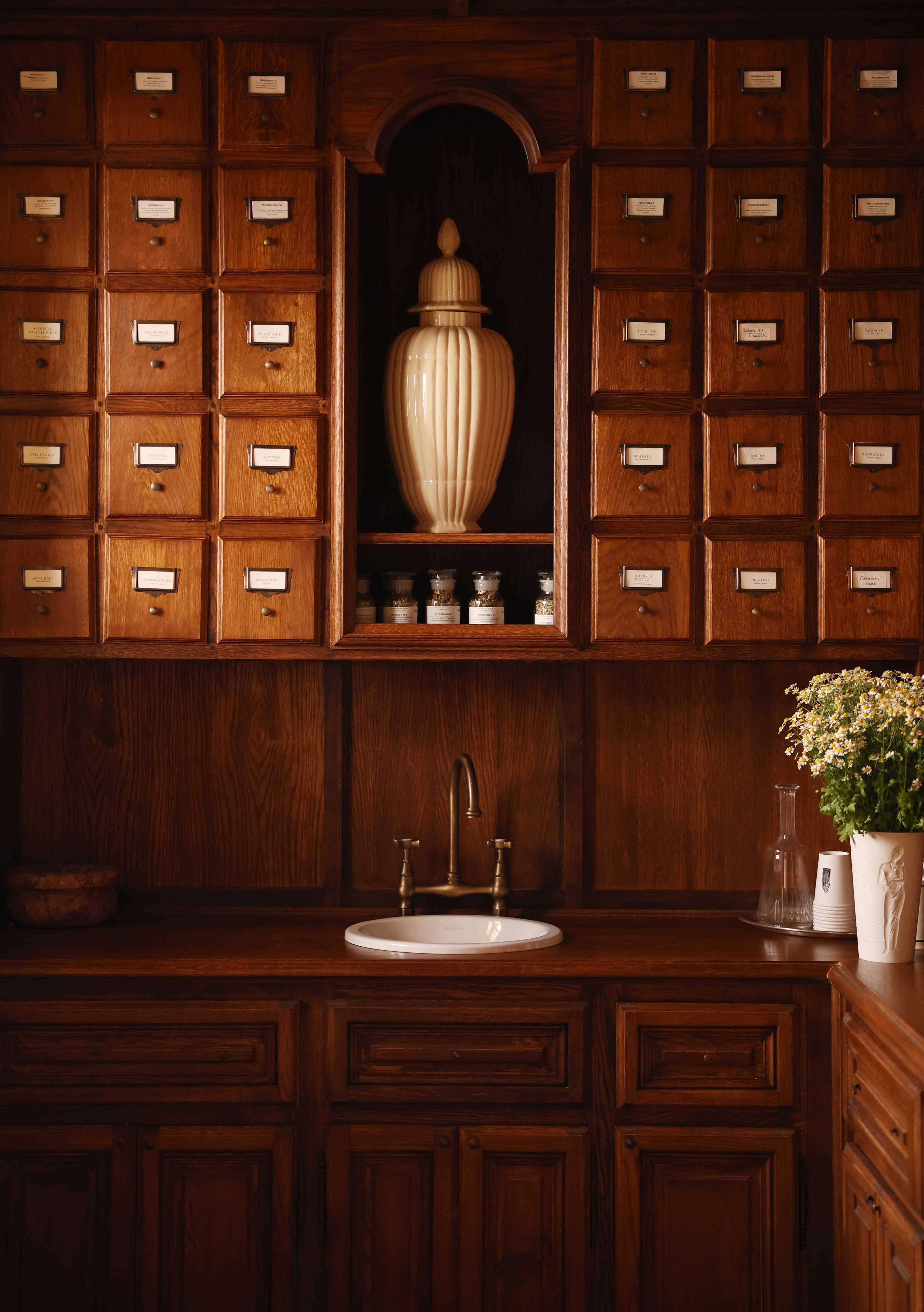
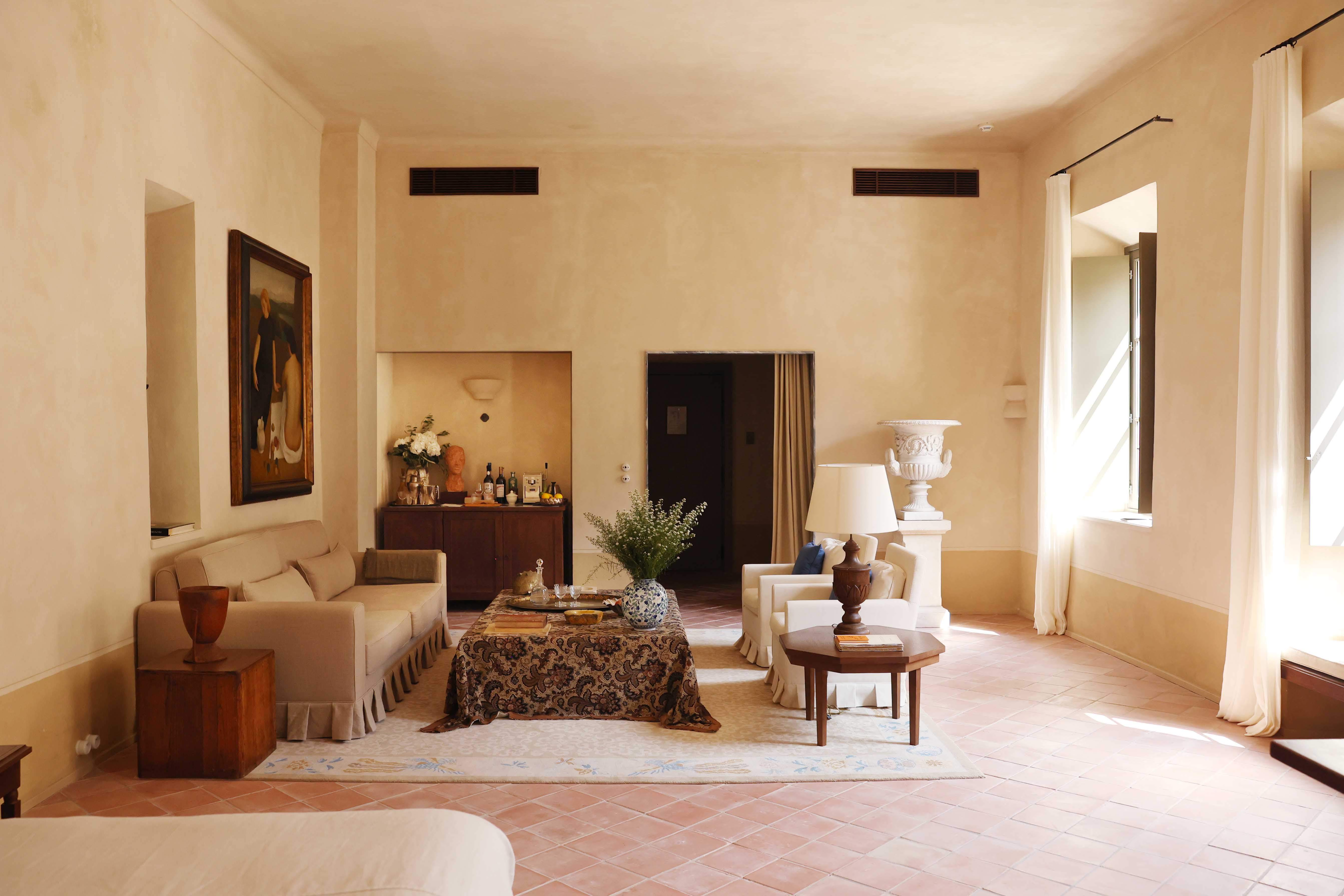
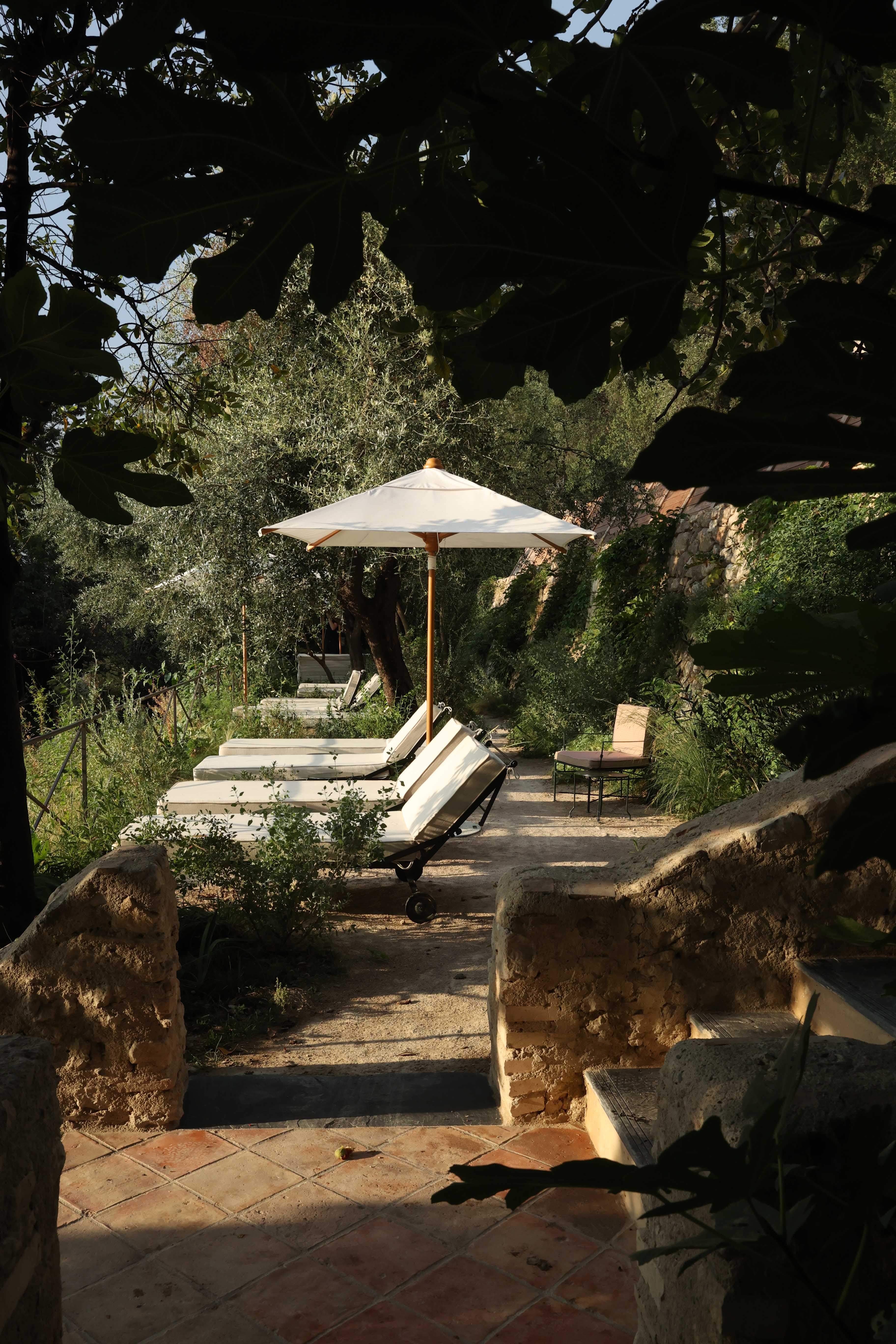

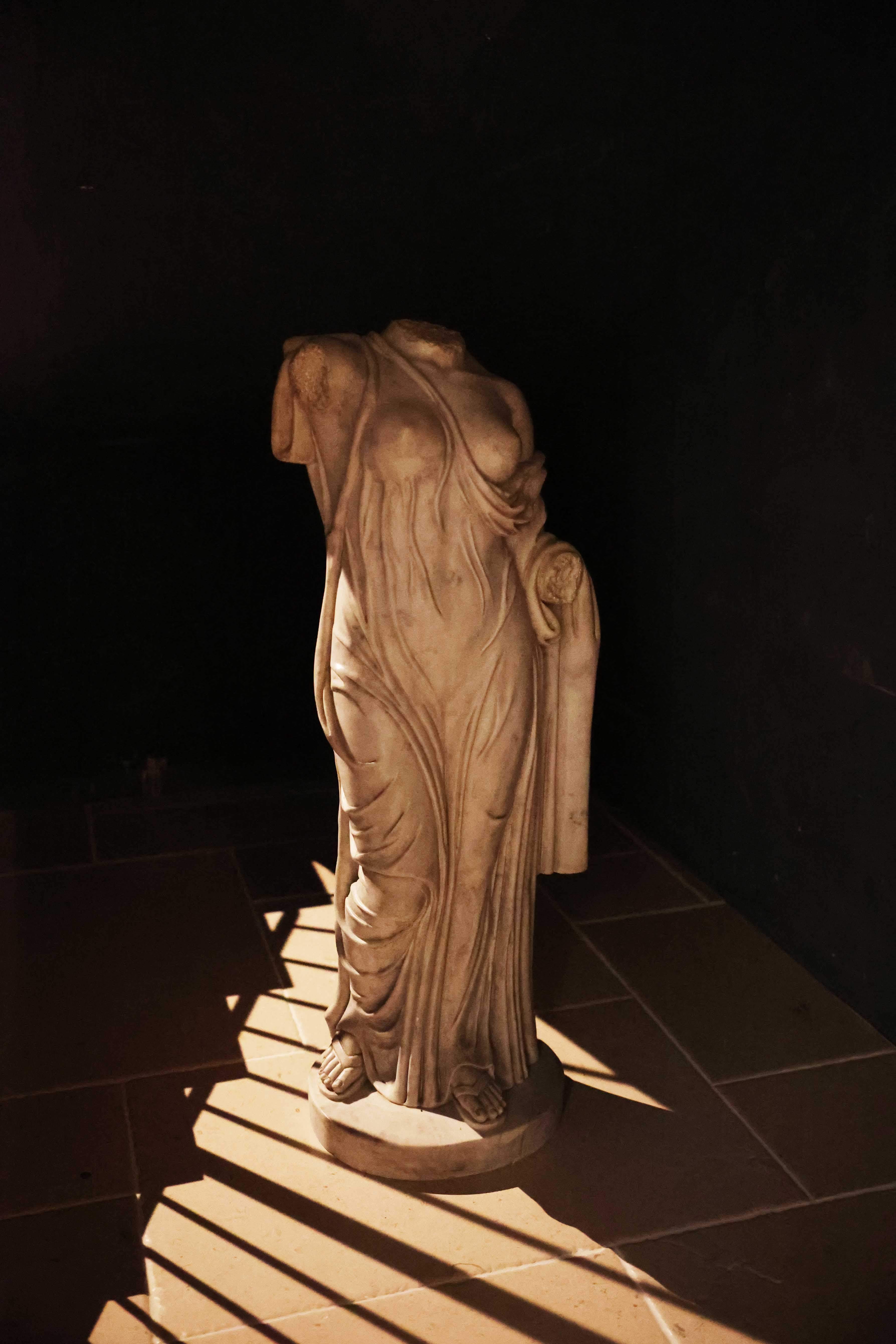
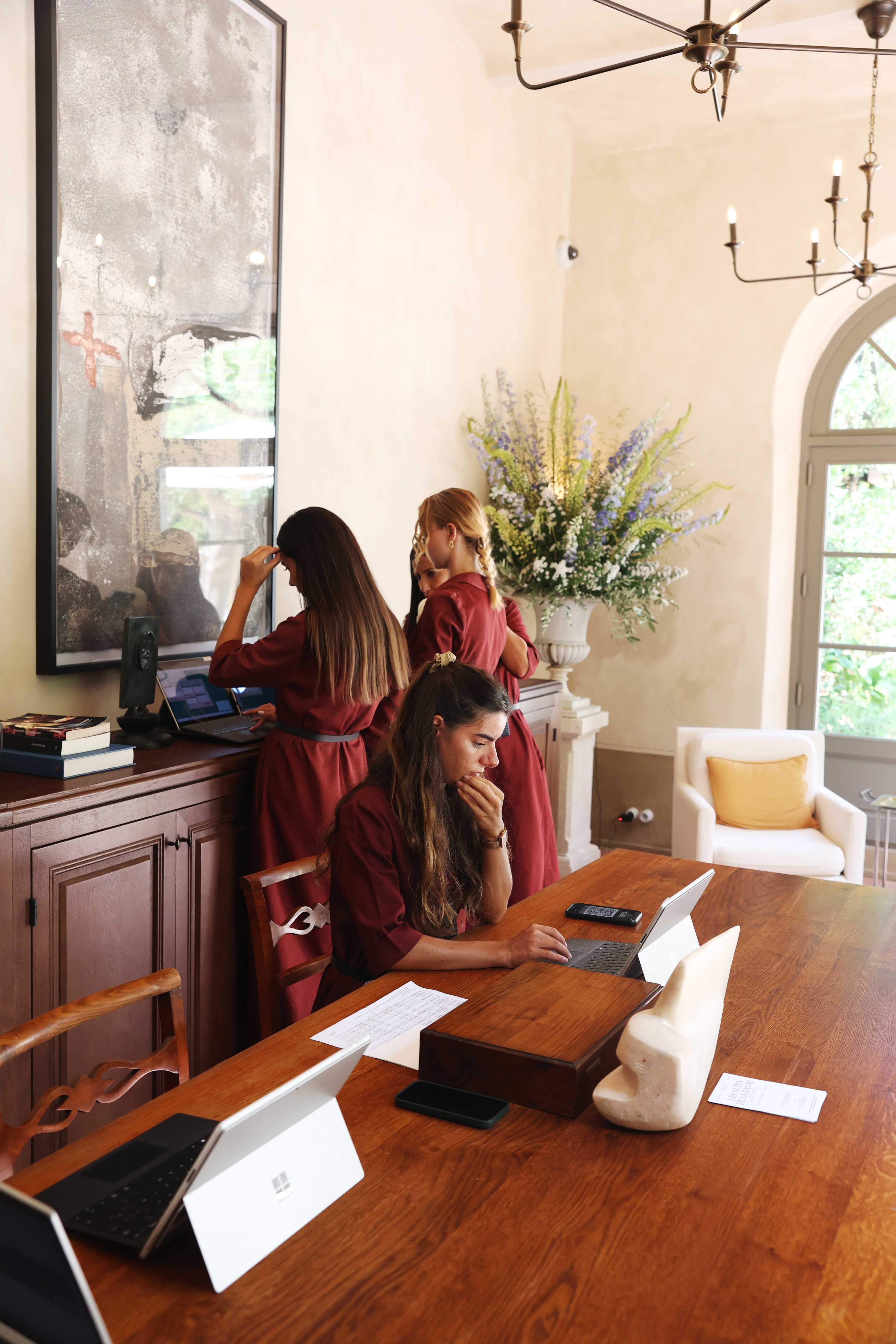
4. fashion: Backpack
The bag to grab
Zattu:
Japan

Zattu’s handsome, Japanese-made totes and backpacks are winning fans across the globe for their subtle style and hardy construction. The brand makes its carry-alls out of durable materials including Cordura nylon with plenty of internal pockets, snap buttons on the outside and a distinctive climbing-rope detail. Bag one now before everyone else cottons on to their charms.
zattu.jp
5. beauty: Moisturiser
The cream that beauty editors are talking about
Moussse:
Switzerland
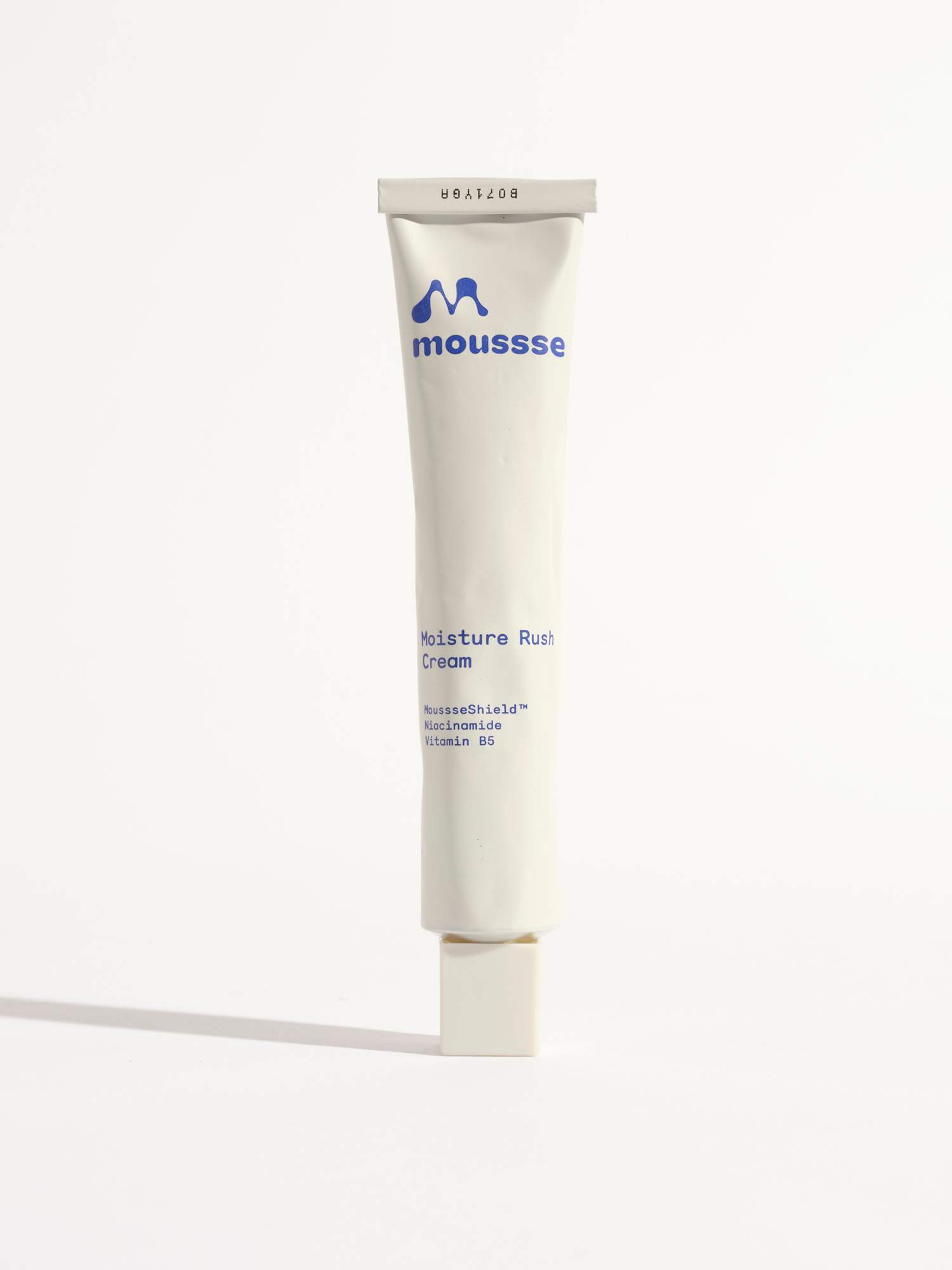
This launch is part of an ambitious new venture by Swiss-based Hélène Guttmann Chammas and Daniel Guttmann, formerly the ceo of Düsseldorf-based Dr Barbara Sturm. It offers targeted skincare for those living in cities. Moussse’s debut is a moisturising cream that protects the skin from pollution, UV radiation, smoke and stress damage.
moussse.com
6. furniture: Chair
The perch to purchase
Tangali chair:
Italy & India
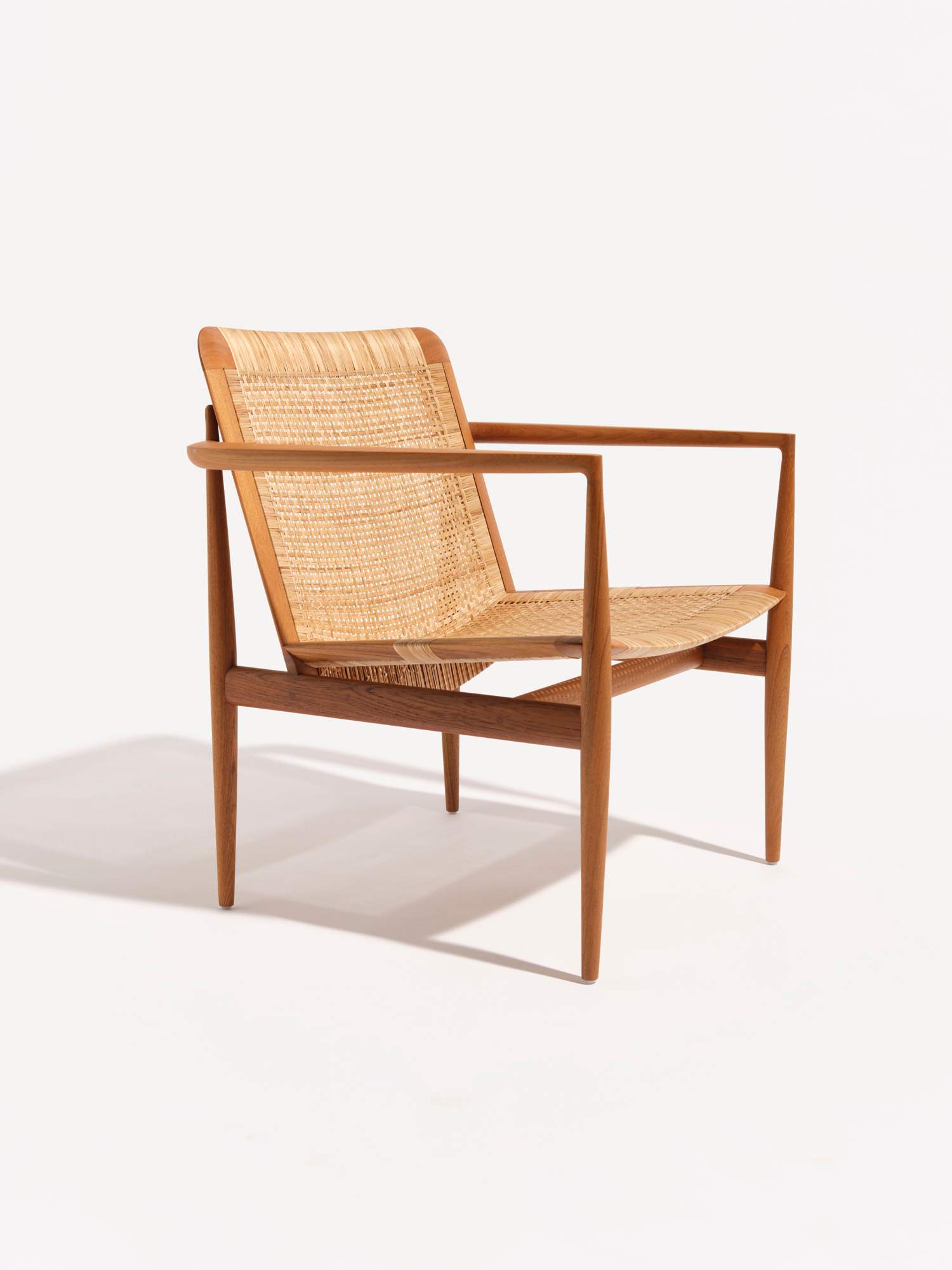
Designed by Milan-based duo Inoda + Sveje, the Tangali modular chair embodies a spirit of collaboration and quality craftsmanship. Produced in India at Phantom Hands, a Bangalore-based workshop, the chair showcases the skill of expert artisans who developed a special cane-weave pattern especially for the seat and backrest of this model.
inodasveje.com
7. material: Wood
The 1960s design that collectors crave
Pine furniture:
Scandinavia

Long viewed as cheap, pine is changing in people’s perceptions. Today young brands such as Helsinki-based Vaarni are shifting the narrative by using it for tables and chairs in bold forms inspired by mid-century pieces. It’s helping to turn collectors’ attentions to original pine furniture from the 1960s and 1970s. Case in point: this dining chair by Ilmari Tapiovaara from London-based Chase & Sorensen.
chaseandsorensen.com
8. culture: Books
The Spanish novel that you need to read
‘Living Things’:
Spain
Munir Hachemi’s debut novel wasn’t a hit in Spain when it arrived in 2018 but has since become a sleeper smash. “It was intended to be an ironic kind of autofiction: tribute and parody,” says Hachemi. An English translation is just out. “English is still the most powerful language of the world.”
fitzcarraldoeditions.com
9. furniture: Lamp
The illuminating find
Nox light by Astep:
Copenhagen, Denmark
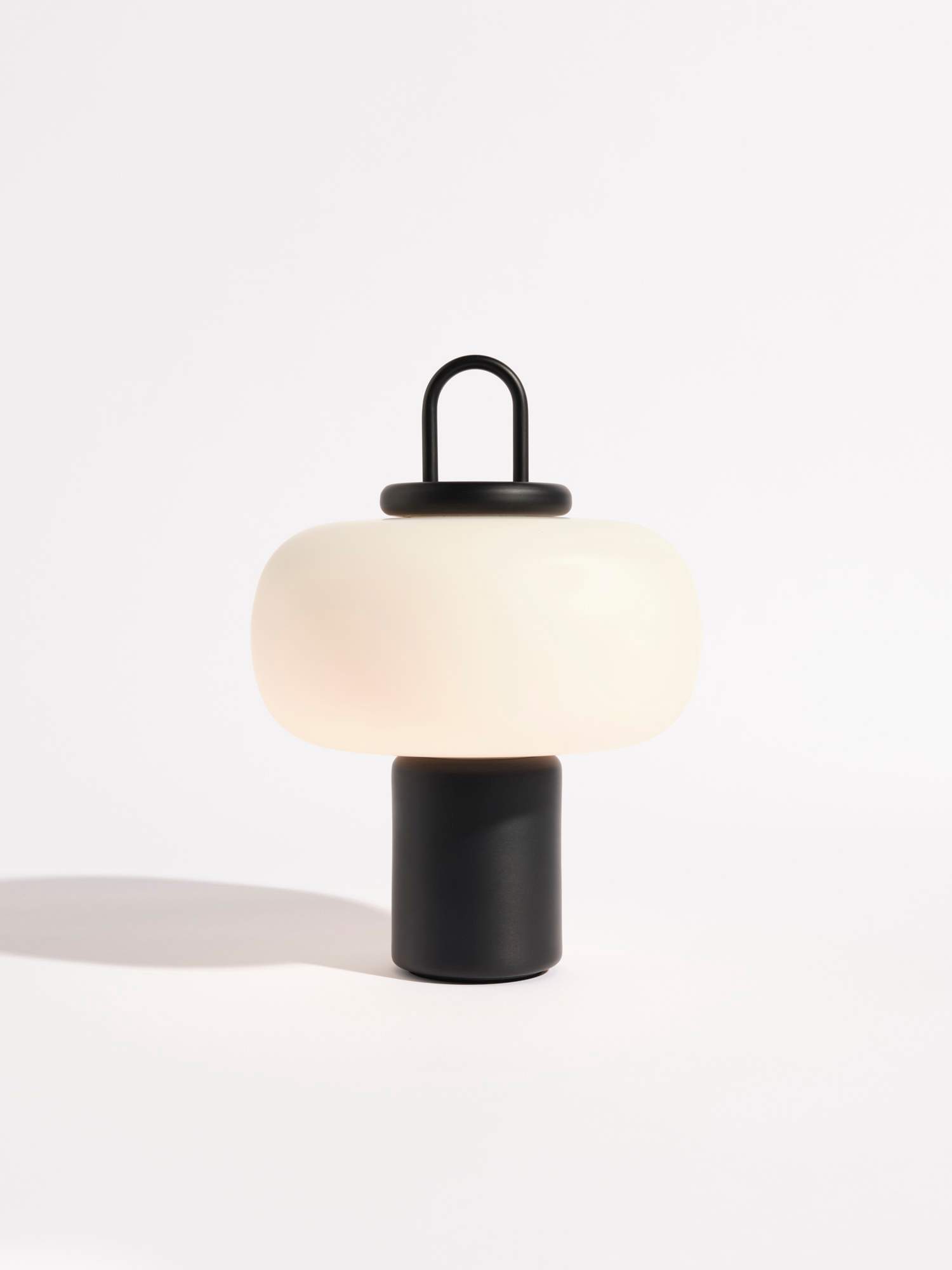
Astep’s new Nox lamp combines playful forms with practical portability. Composed of a tubular aluminium body, a mouth-blown opaline glass bulb and a simple, elegant handle, it can be carried and placed wherever light is needed. There’s also a dimmer, allowing it to provide calming mood lighting or serve as a more focused reading light when placed on a bedside table.
astep.design
10. design: Packaging
The tinned treats turning heads
Casa Marrazzo:
Florence, Italy
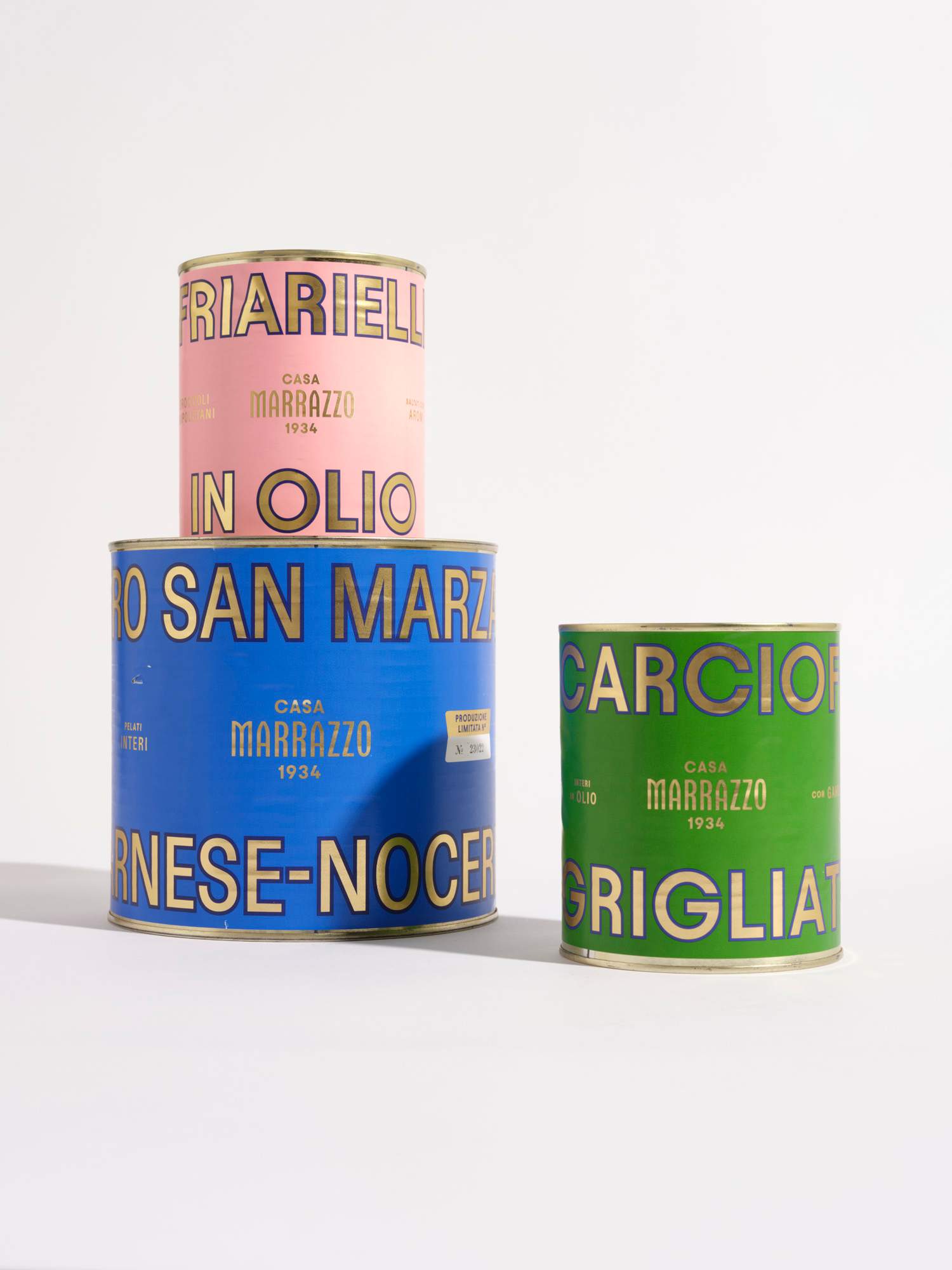
Florence-based Auge Design is behind one of 2024’s best rebrands. It has reimagined the look and feel of Casa Marazzo’s tinned tomatoes (and other vegetables), which have been given colourful labels and retro gilded type, reflecting the brand’s 90-year history and southern-Italian roots.
auge-design.com
11. F&B: Wine
The bottles beloved by those who know
Rosa 32:
Saint-Tropez, France
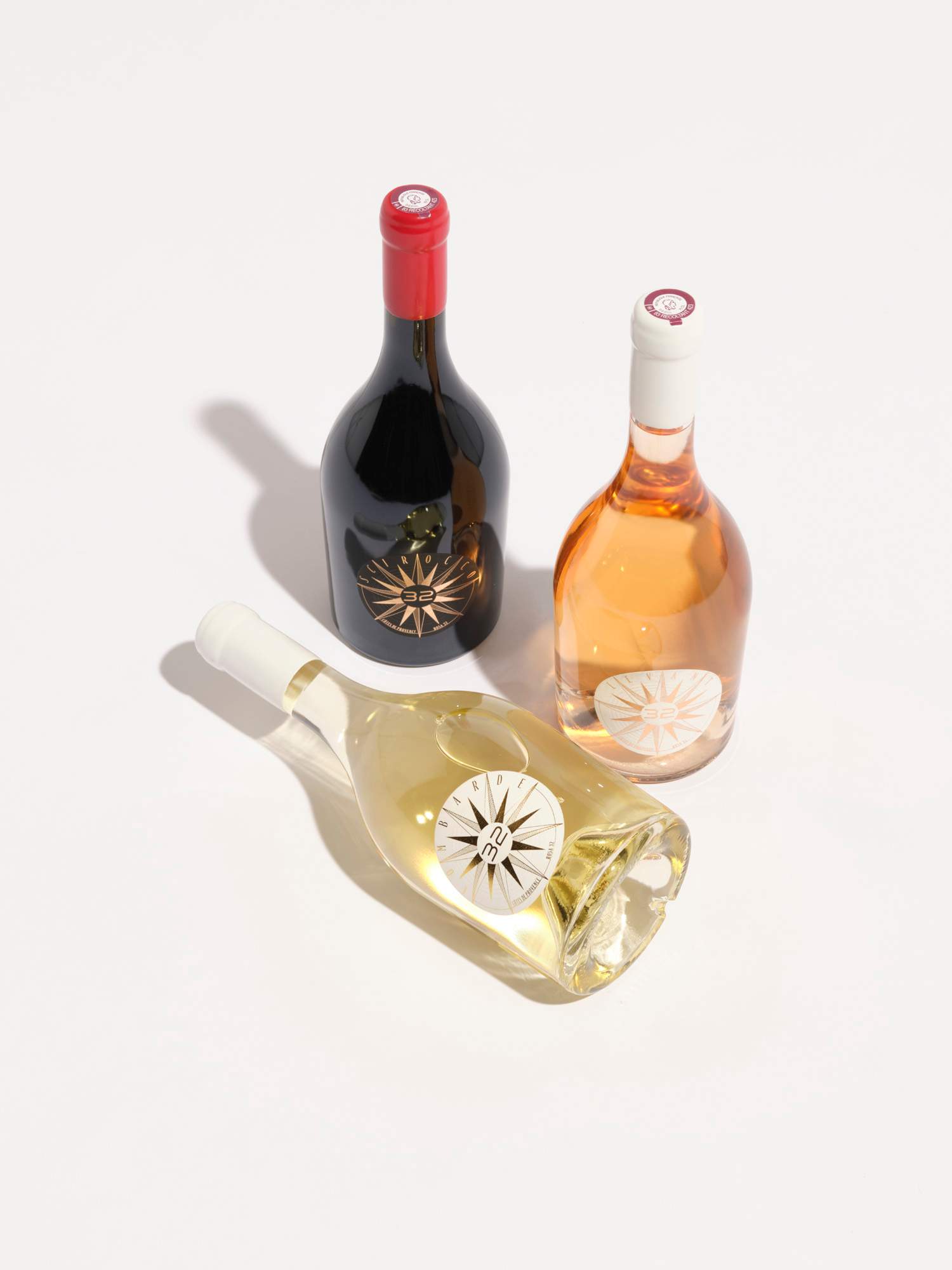
Rosa 32’s founder, Florestan de Rouvray, thinks that Provence has more to offer than just the pink stuff. “The region produces crisp white wines and fragrant reds,” he says. “I wanted the brand to reflect this.” The cuvées are produced on the Massif des Maures but are now on sale in places from Zürich to Saint Barthélemy.
rosa32.com
12. aviation: Airport
The US hub worth touching down at
Portland International Airport:
Portland, Oregon
US airports have a new bright spot. Following the recent upgrade of New York’s LaGuardia, Portland’s main terminal has been updated with a flair and a mindfulness that feel native to the state. The project, driven by zgf Architects, expands the airport’s capacity while embracing new approaches to design and craft, paired with an empathetic, passenger-focused approach. When monocle visited just before the formal opening, we met our guides amid the loud, liminal space of construction. Stepping through a guarded door felt like crossing a portal into something magnificent. The centrepiece of the new terminal is a wooden roof that both taps into the spirit of the Pacific Northwest and breaks the aesthetic codes of modern airports.
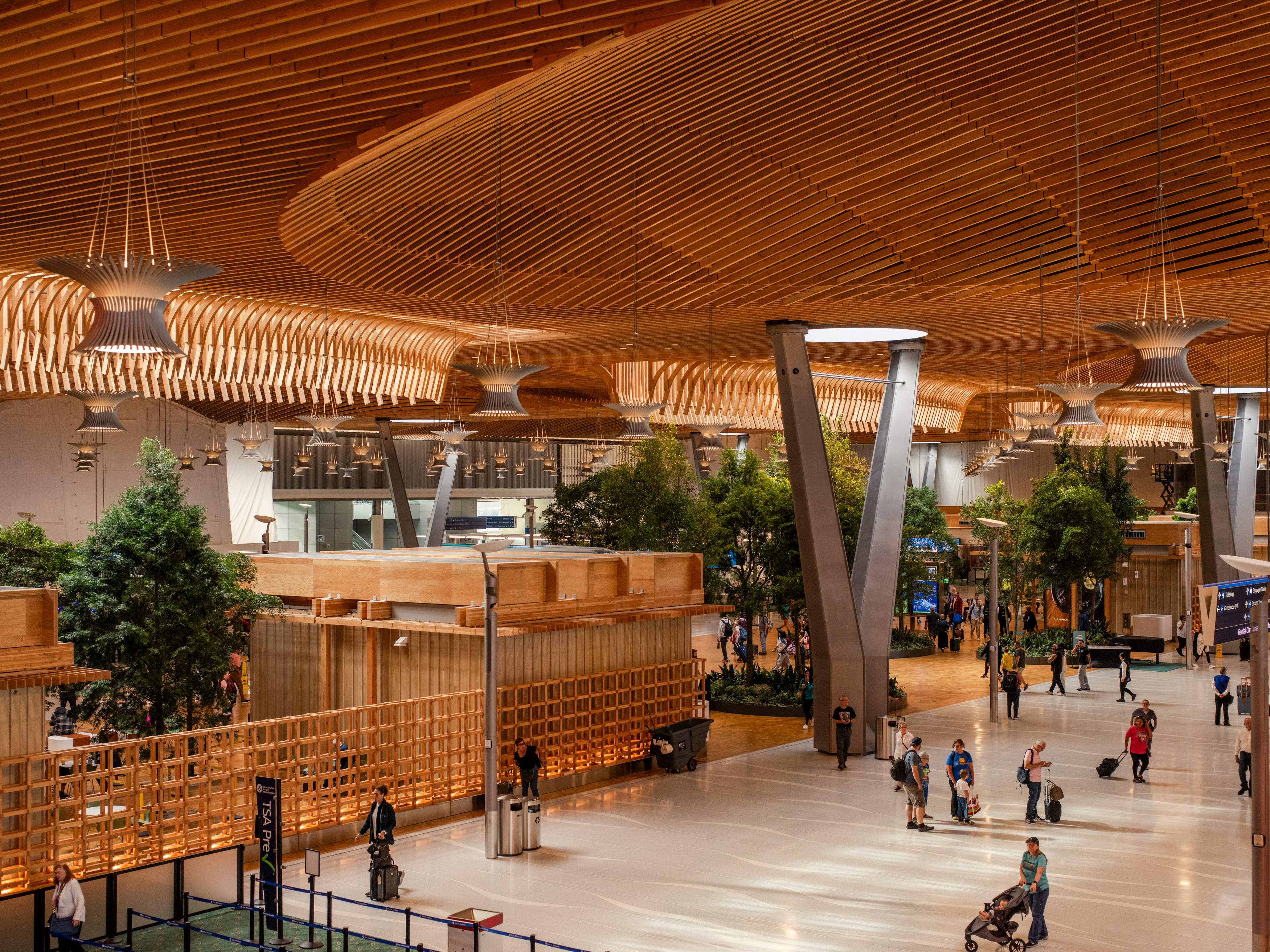
“The wood roof is beautiful but it provides many benefits beyond aesthetics,” says Sharron van der Meulen, managing partner at zgf. “The structure enables long, column-free spans that help to provide clear sightlines for passengers and allow space for future evolutions and expansions without significant construction.”
The locally sourced wood, all from within 500km of the airport, also significantly lowers the terminal’s carbon footprint compared to traditional steel construction. Beyond the airy, open feel, the analogue approach to construction creates something that soothes the senses: unlike cavernous airports where sound travels, the wood dampens noise and creates a subdued, less stressful environment.
According to zgf, that was the goal. The team sought to emphasise positive physiological and psychological outcomes for occupants throughout the space. “We put a lot of thought into how we could leverage biophilic design principles to support a positive passenger and employee experience,” says Van der Meulen. “There’s the roof, of course, but also the 5,000 plants placed around the terminal and the 49 skylights that provide 60 per cent of the terminal’s daylight.” Other barely noticeable touches add to the effect. Loudspeakers for passenger announcements are mounted at head height, rather than booming down from above.
One of the most vivid friction points for air travellers, security, was thought through down to the screening machines that require passengers to remove nothing from their bags. Lighting design and climate control for screening areas were carefully considered – no more sweltering summer queues – as well as the “recomposure” areas with benches and table tops of various heights as travellers proceed through screening.
The empathetic approach doesn’t just apply to travellers. Gene Sandovol, a design partner at the firm, tells me during the walk-through that it thought deeply about the tsa employees, seeing them as important stakeholders, and studied the patterns of their day to figure out how to improve their experience. Even the private screening areas, normally an afterthought in airports, are designed with soothing lighting.
The terminal used future-facing sustainability principles, taking what zgf describes as a “use what you can” approach, carefully analysing existing structures and systems for potential reuse or upgrades. This strategy allowed it to double the terminal’s passenger capacity while achieving a 50 per cent reduction in energy use.
13. hospitality: Rental
The beachside house to rent
Kona Kahlua:
Melbourne, Australia
Say the words “beach holiday” to anyone who grew up in Australia and they’ll likely picture a very specific house. It will have a skillion roof and taupe-hued bricks. Inside, there might be a blend of flooring – linoleum for the kitchen, parquetry for the living room – watched over by lacquered cabinets, vinyl couches and panelled walls. Tragically, the bathroom might be carpeted. Ever since these beach houses proliferated across Australia in the 1970s, they have defined the summer holidays.
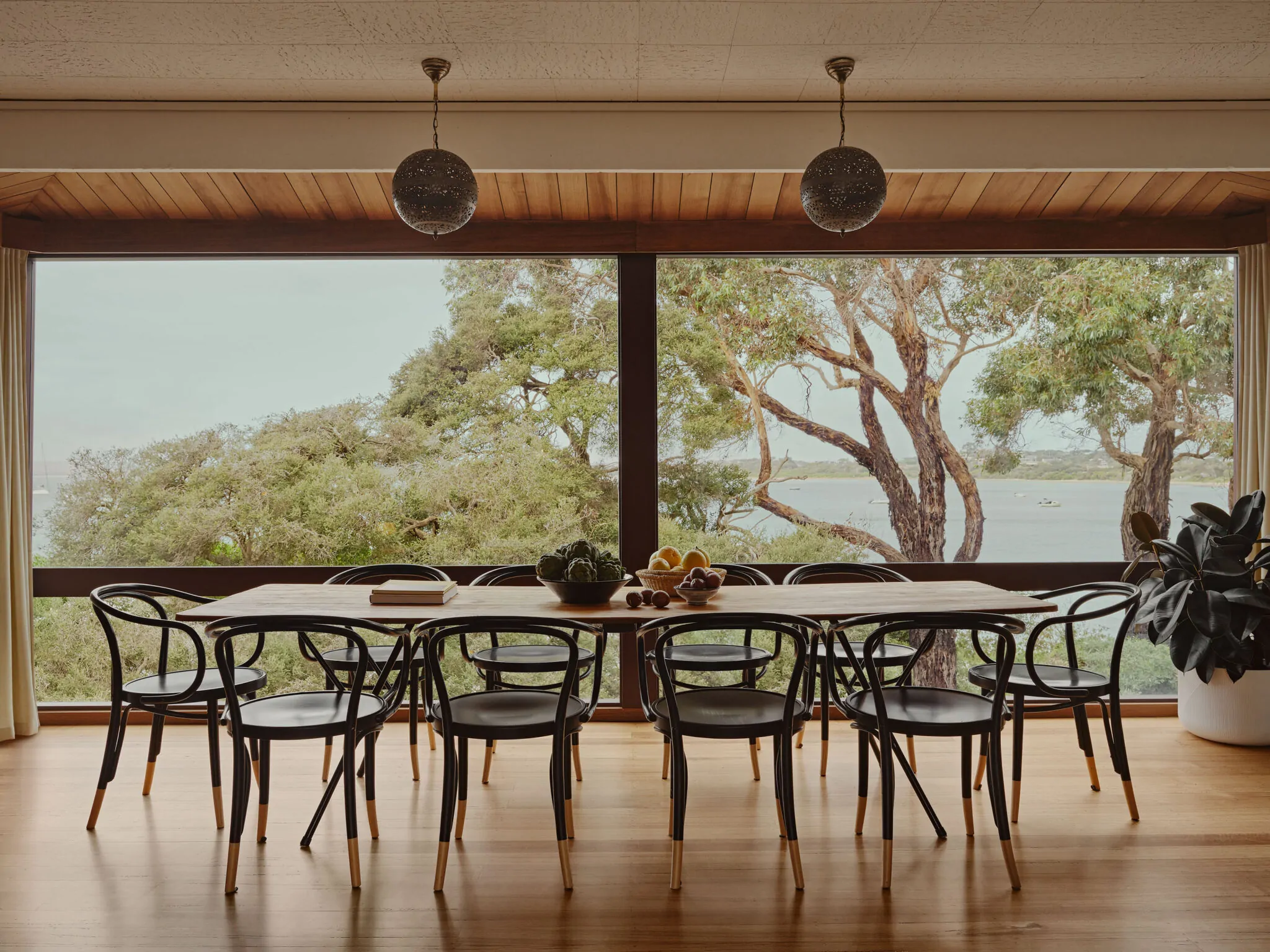
Kona Kahlua in Sorrento, on Victoria’s Mornington Peninsula, is a classic of the genre: a place where later modernism meets the Aussie coast with a generous sprinkling of tiki affection on top. It was recently refurbished, preserving yet enhancing its mid-century chops. “It’s a 1970s gem that’s very practical and comfortable,” owner Siobhan Blewitt tells monocle. “We wanted to protect that integrity, because Sorrento doesn’t need another new house.” Kona Kahlua’s original owners’ love for Hawaii reverberates throughout: from the tiki carvings and bamboo on the walls, beds and doors, to the bathroom’s palm-patterned wallpaper. “It was a luau party house and definitely a slice of the past,” says Blewitt. She and her husband, Chris, retained as much as possible.
Across its five bedrooms and two storeys, Kona Kahlua comfortably accommodates 10. With its sublime views and a backyard spilling straight out onto the sand, it’s primed to keep hosting – and defining – summer beach holidays.
konakahlua.com
14. retail: Shop
The Spanish brand with designs on your dwelling
Zara Home:
Paris, France
Zara Home’s aim to move upmarket is perfectly reflected in its pop-up flagship at 117 Rue du Bac, which it will occupy until next spring. Nestled in the well-heeled 7th arrondissement, opposite iconic department store Le Bon Marché, the space unfolds over three floors and two mezzanine levels. Guests are greeted with a space for collaborations with those such as florist Nina Charles. There’s a hook-up with Parisian favourite Café Dose for coffee and a snack, a bookshop and a personalised, while-you-watch printing and embroidery service offering monogrammed totes bearing the 117 Rue du Bac branding (courtesy of Atelier Saint-Lazare, winner of a 2024 monocle Design Award).
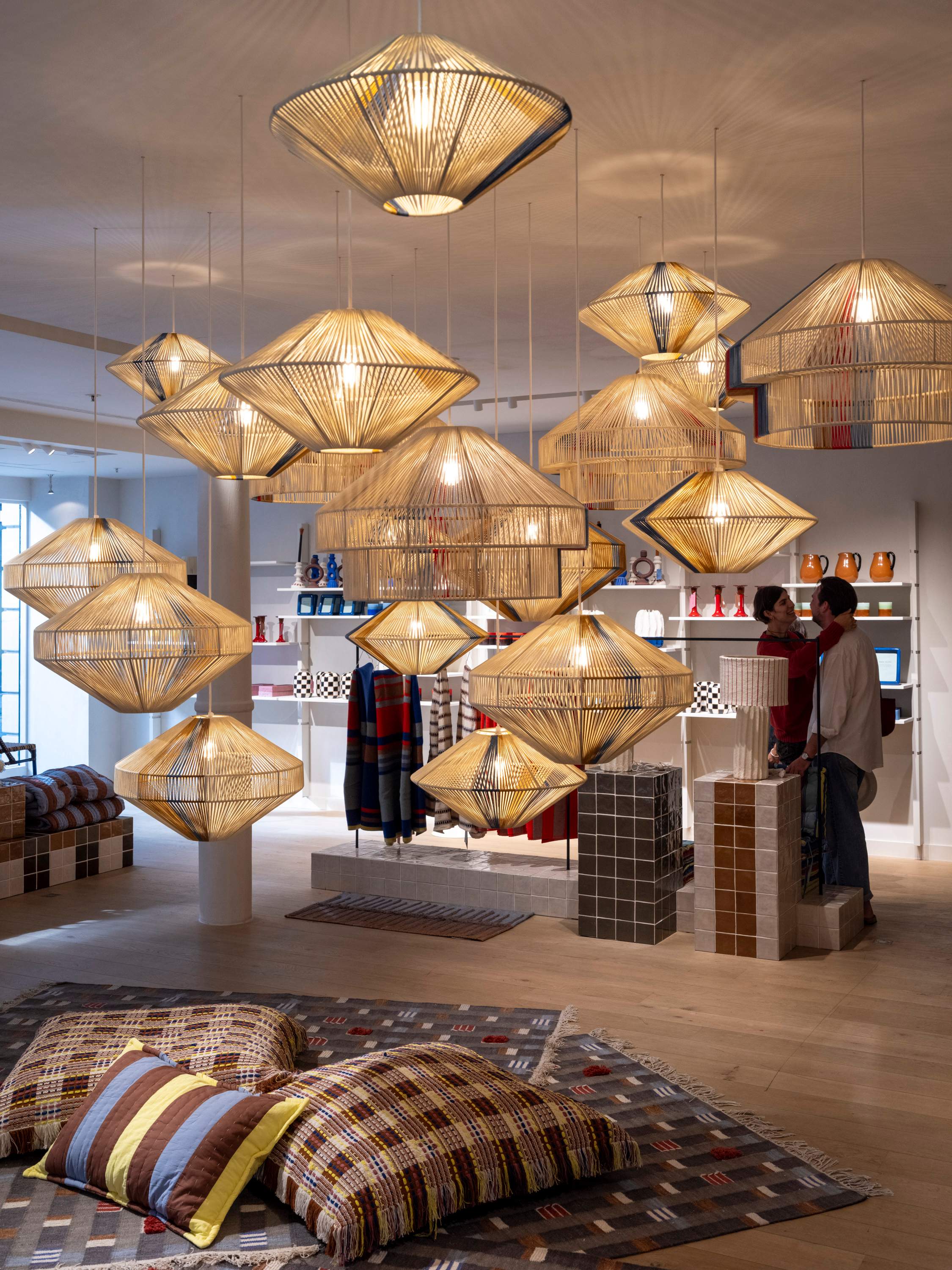
At the top of the restored spiral staircase, you’ll find L’Appartement, a space kitted out like a rather fetching Parisian pied à terre, complete with furniture for Zara Home by Belgian architect and designer Vincent Van Duysen, antiques and design classics from Galerie Patrick Seguin, including a desk by Pierre Jeanneret. Elsewhere you’ll find dressing-room-like spaces housing a sportswear capsule collection, pieces by Zara Woman and smaller “Editions” collections of furniture and homeware. On the lower level, things are a little dimmer: the focus is on bedroom furniture, textiles and a children’s playroom. Inditex-owned Zara Home might have 400 shops in 60 countries but it’s looking particularly at home in Saint-Germain-des-Prés.
zarahome.com
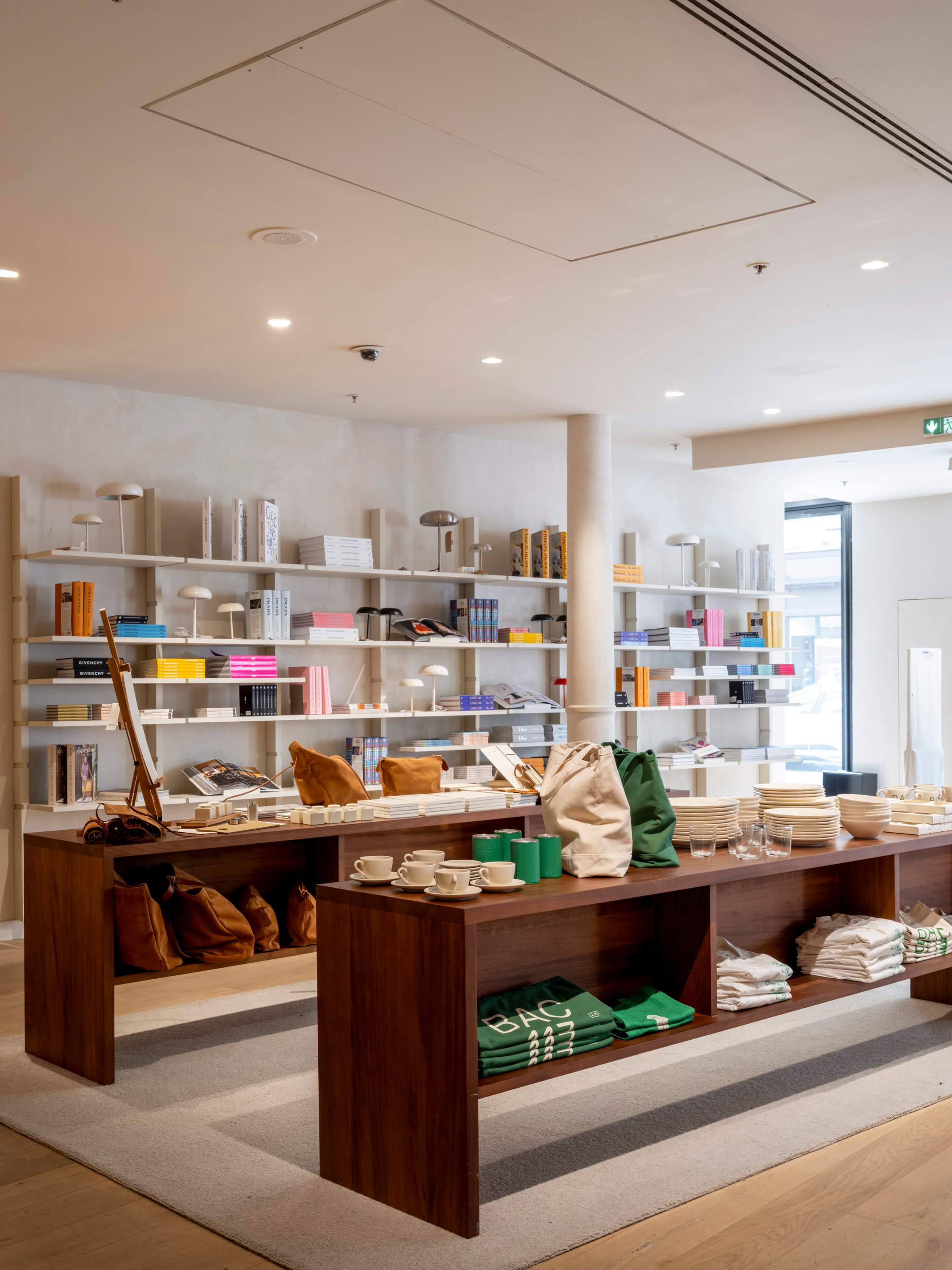
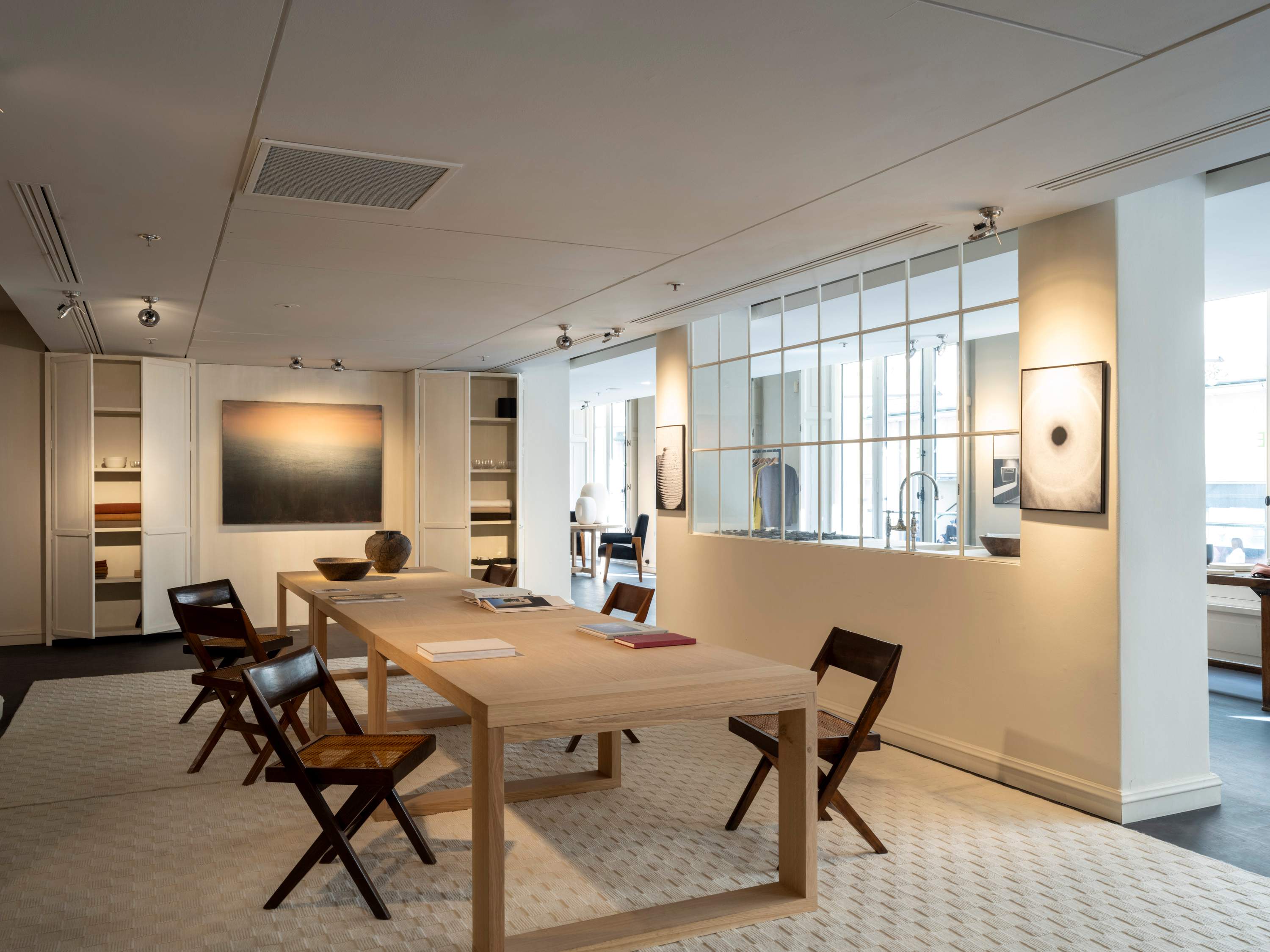
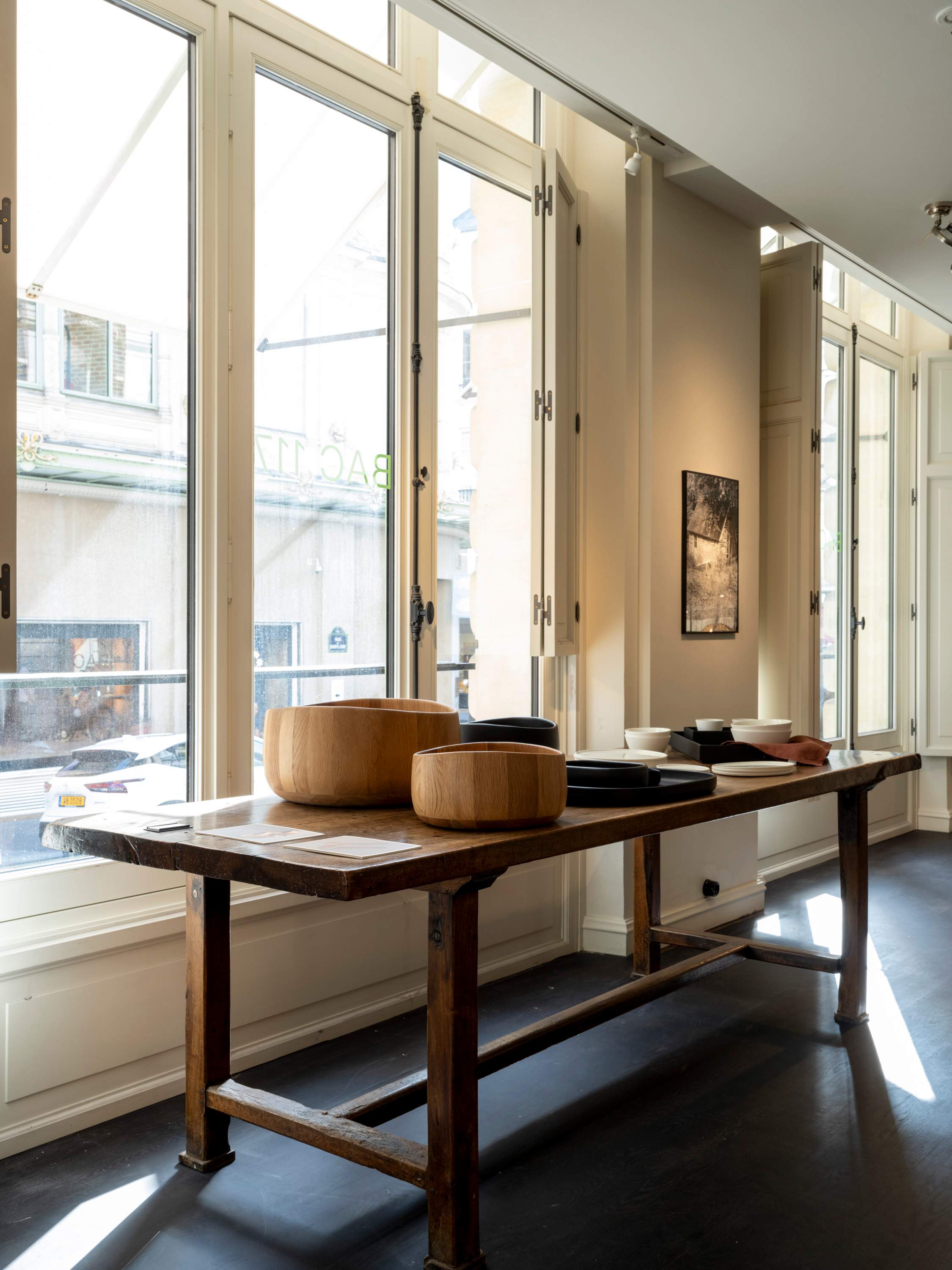
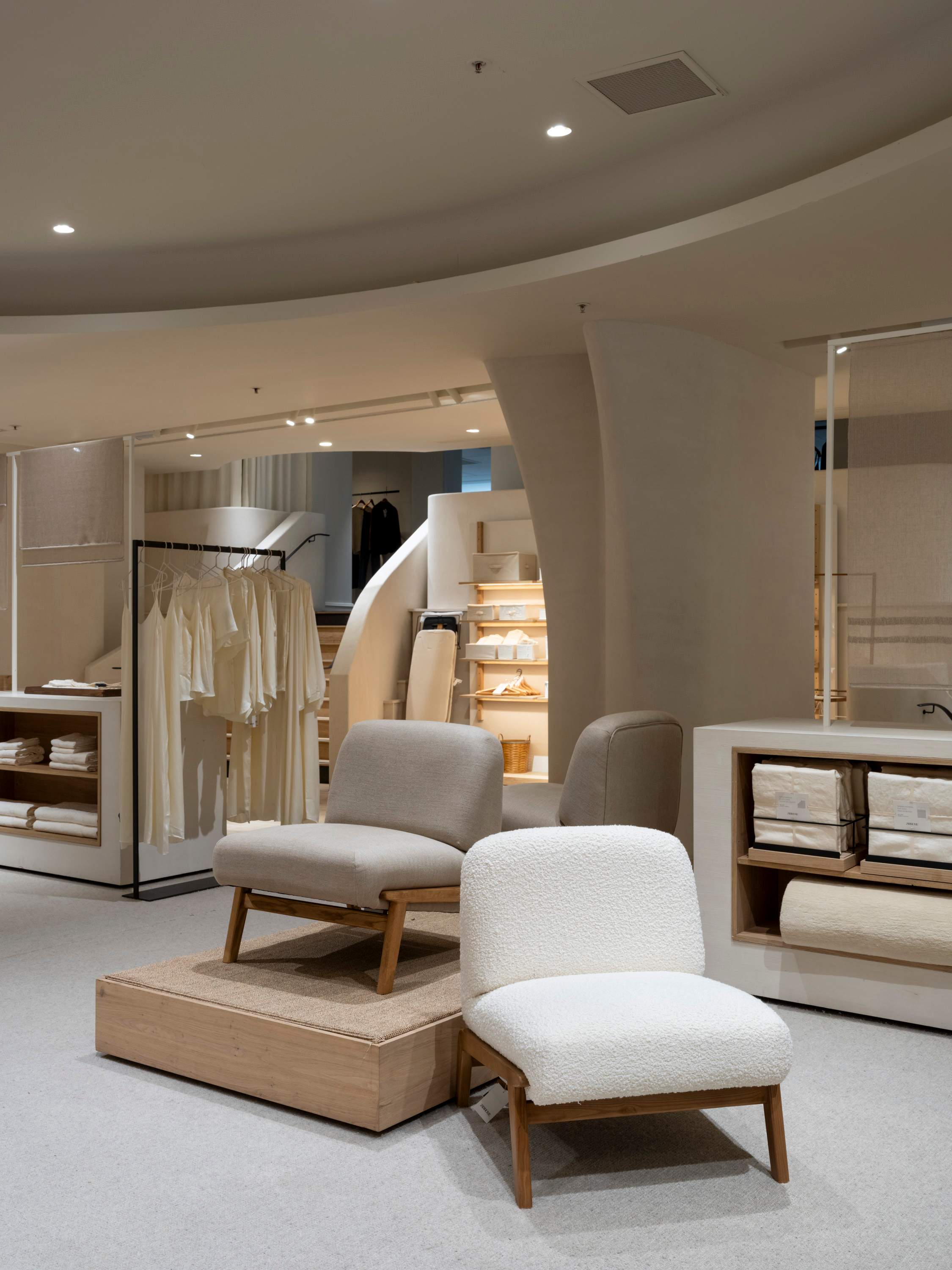
15. hospitality: Rental
The smart new rooms above the restaurant
Casa Teo 2:
Mexico City, Mexico
Chef and restaurateur Enrique Olvera’s career has been devoted to food – and he has always been attracted by the idea of hotels and hospitality. Running restaurants in Mexico, New York, Los Angeles and Madrid, Olvera is often on the road and uses his trips to workshop what the perfect restaurant with rooms could look like. “I carry a notebook and write down what I would do [if I were to open one],” he says.

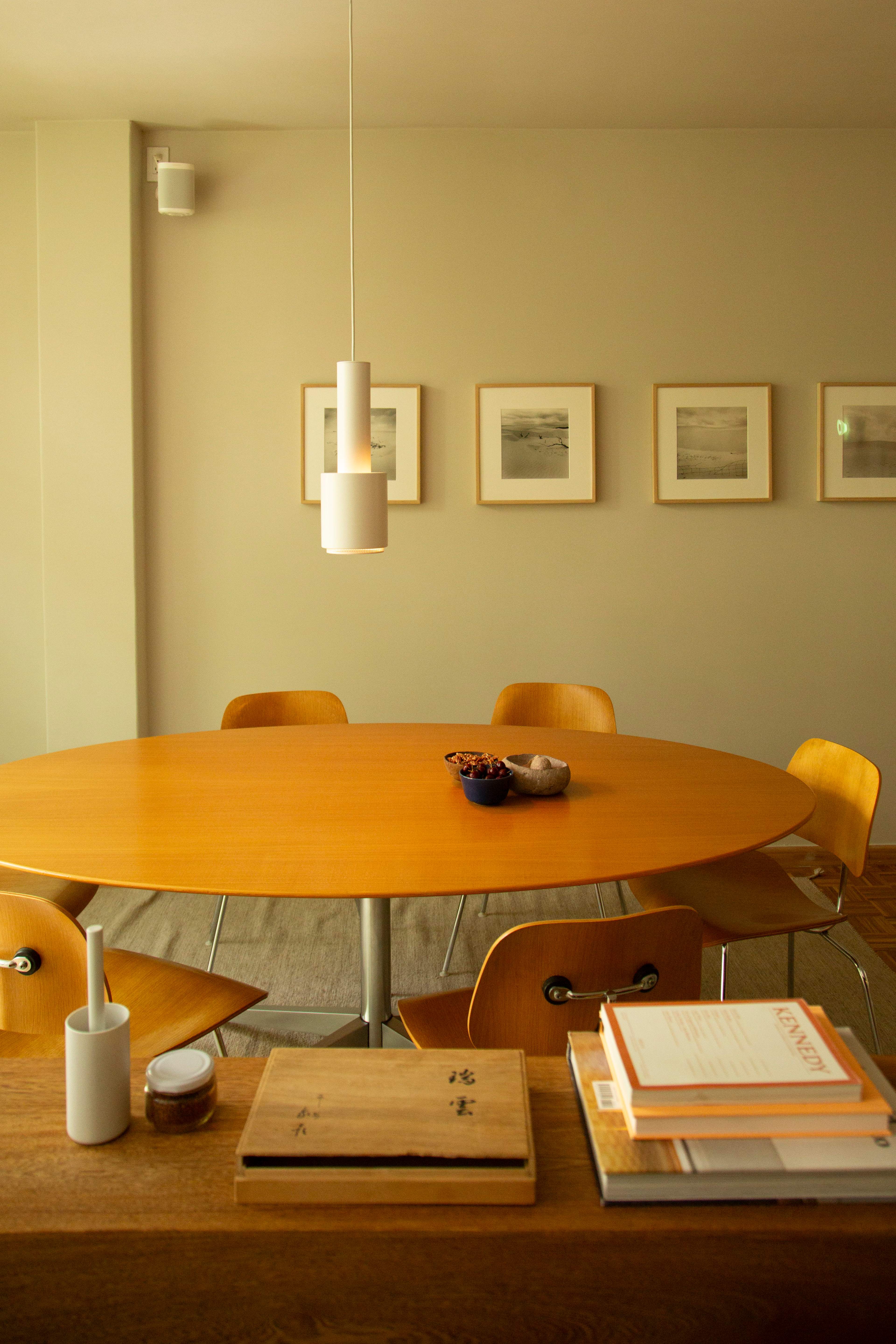
Though a full-blown hotel isn’t on the cards yet, Olvera is creating a series of rentable spaces that serve as extensions of the Olvera brand: both Casa Criollo in Oaxaca and Casa Teo in Mexico City opened recently. What you might have missed was the quiet opening of Casa Teo 2, a new three-bedroom apartment above Olvera’s mezcal bar Ticuchi in Polanco. Inside the third-floor apartment, it’s hard to believe that you’re in one of the world’s busiest cities. The understated rooms have wooden floors and panelling, soft curtains and plenty of plants.
The Mexico City-based chef has always had an eye for interiors, which is evident at his restaurants, such as Pujol. “We always try to have a peaceful atmosphere and use natural materials,” says Olvera, who designed Casa Teo 2 himself and lived there before opening it to the public. Guests checking in will have access to things that Olvera loves: records, coffee and even homemade banana bread, sourdough, fresh yoghurt and fresh mangoes on arrival.
teo.casa


